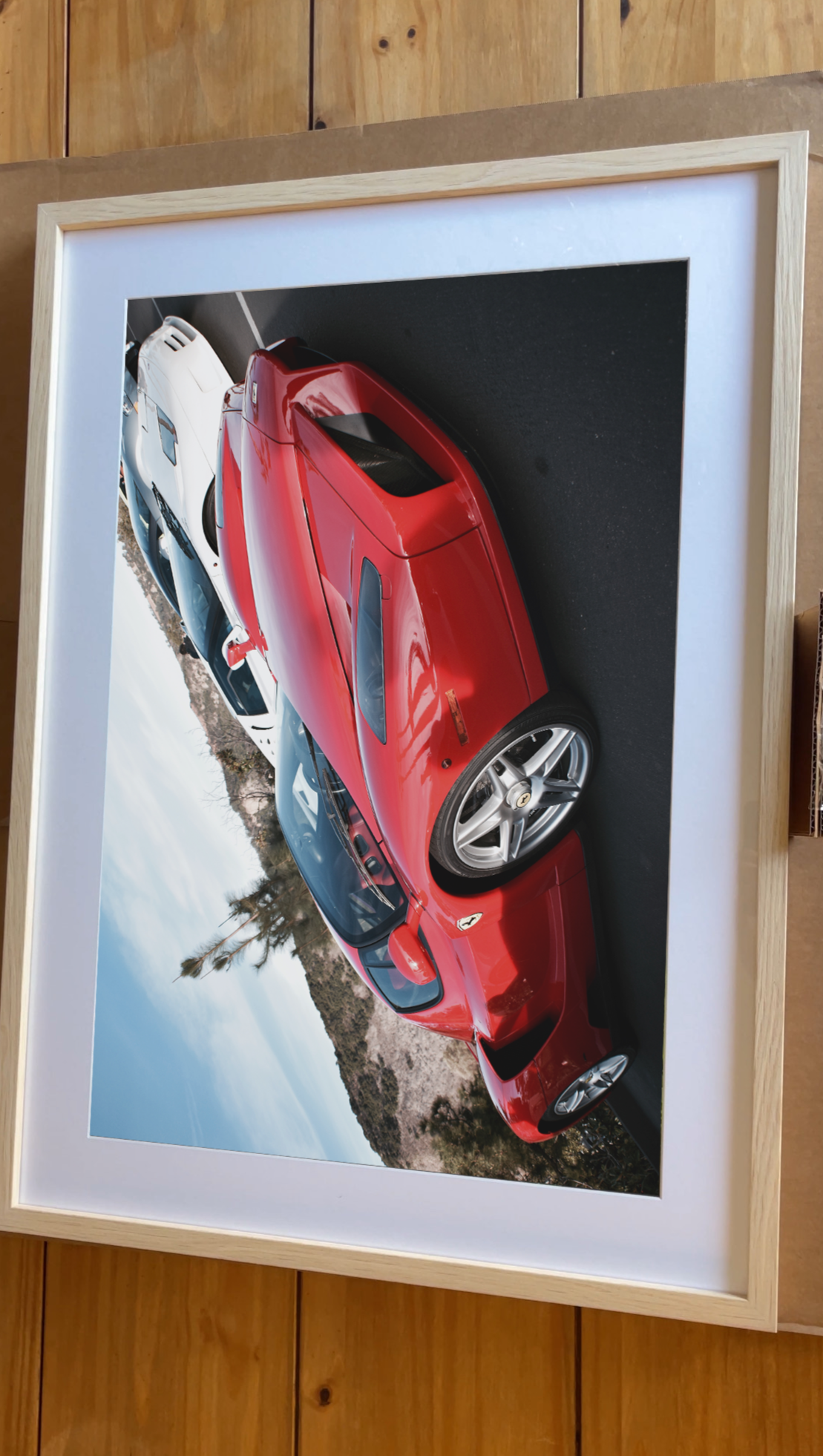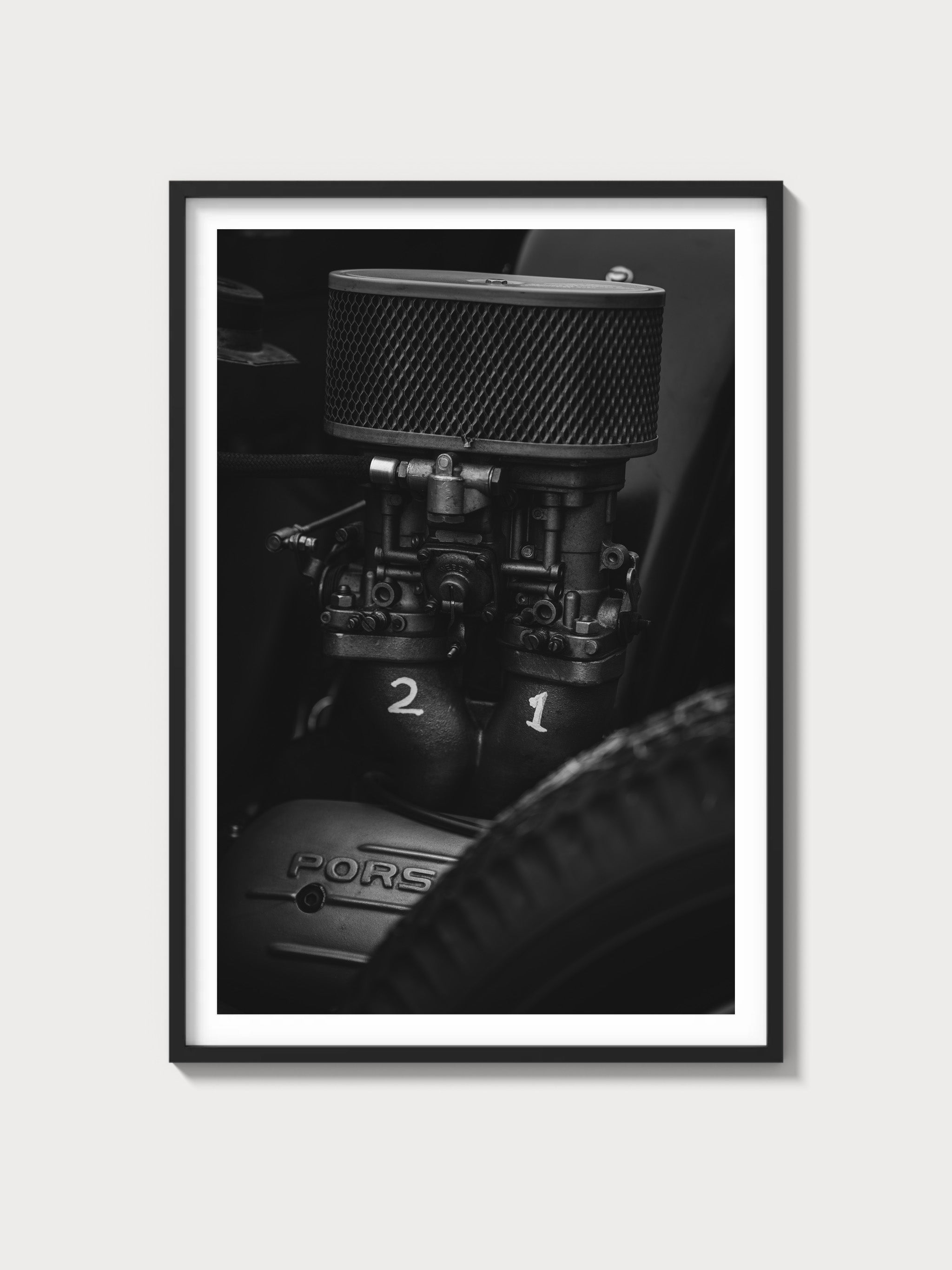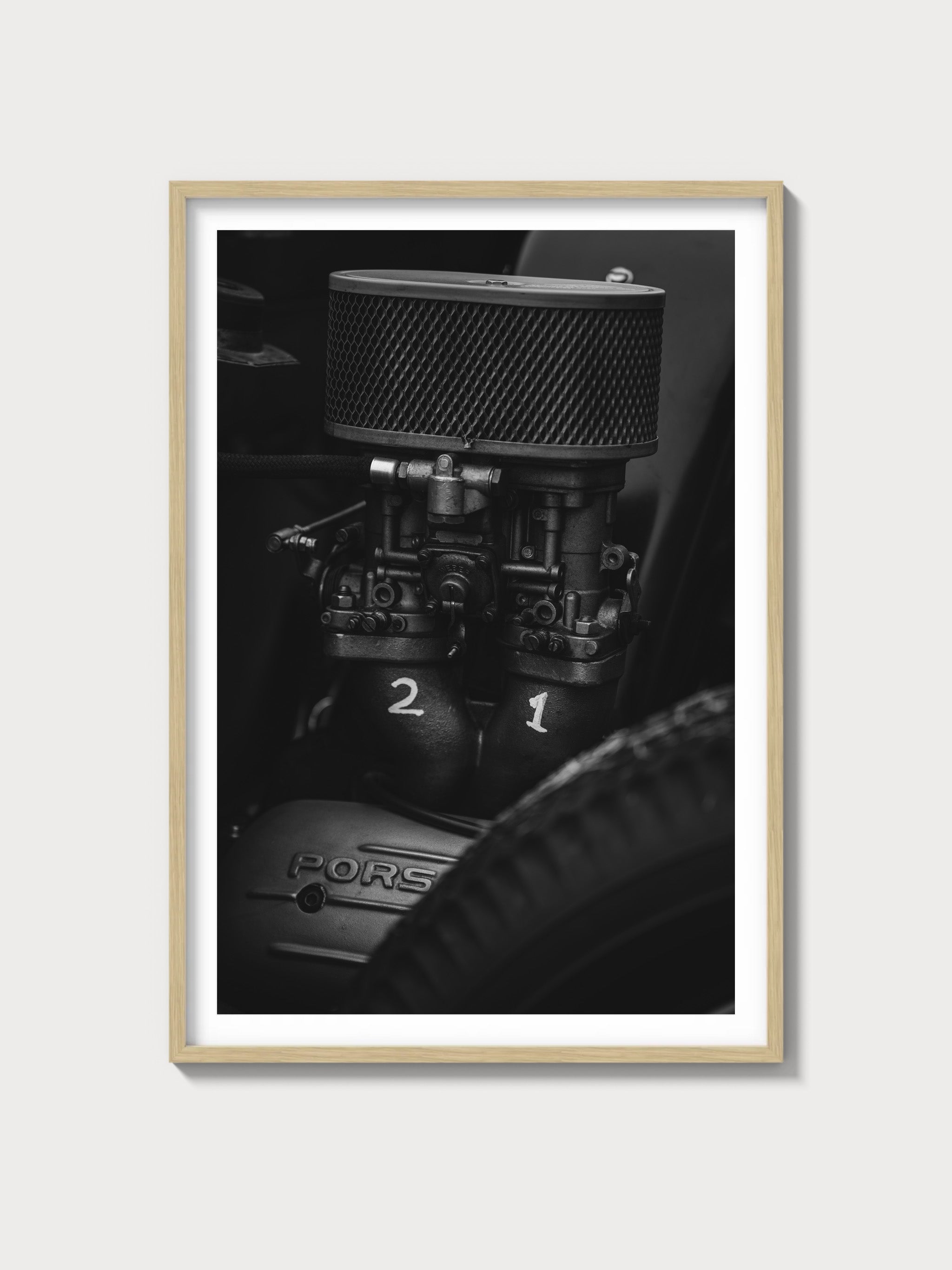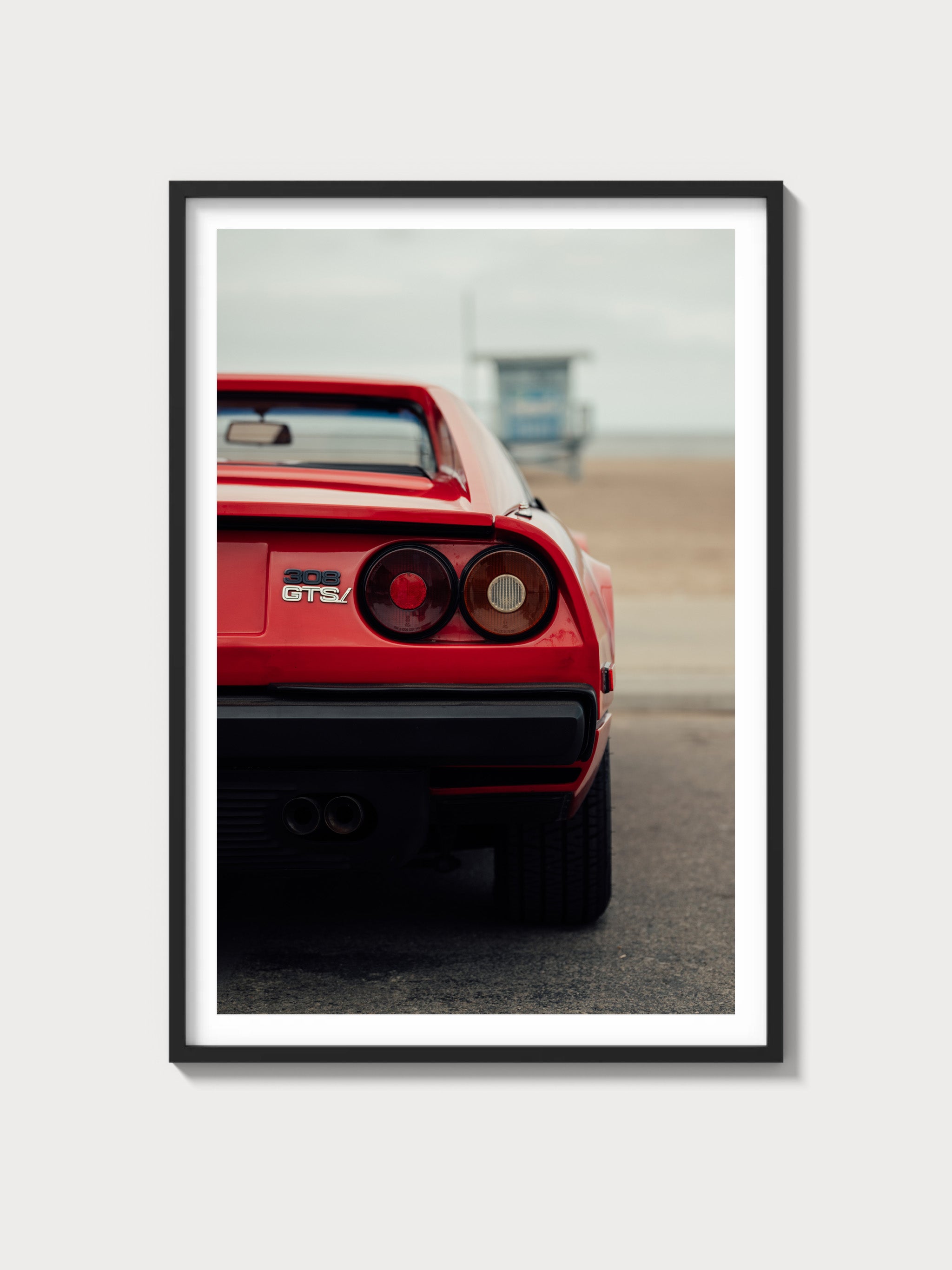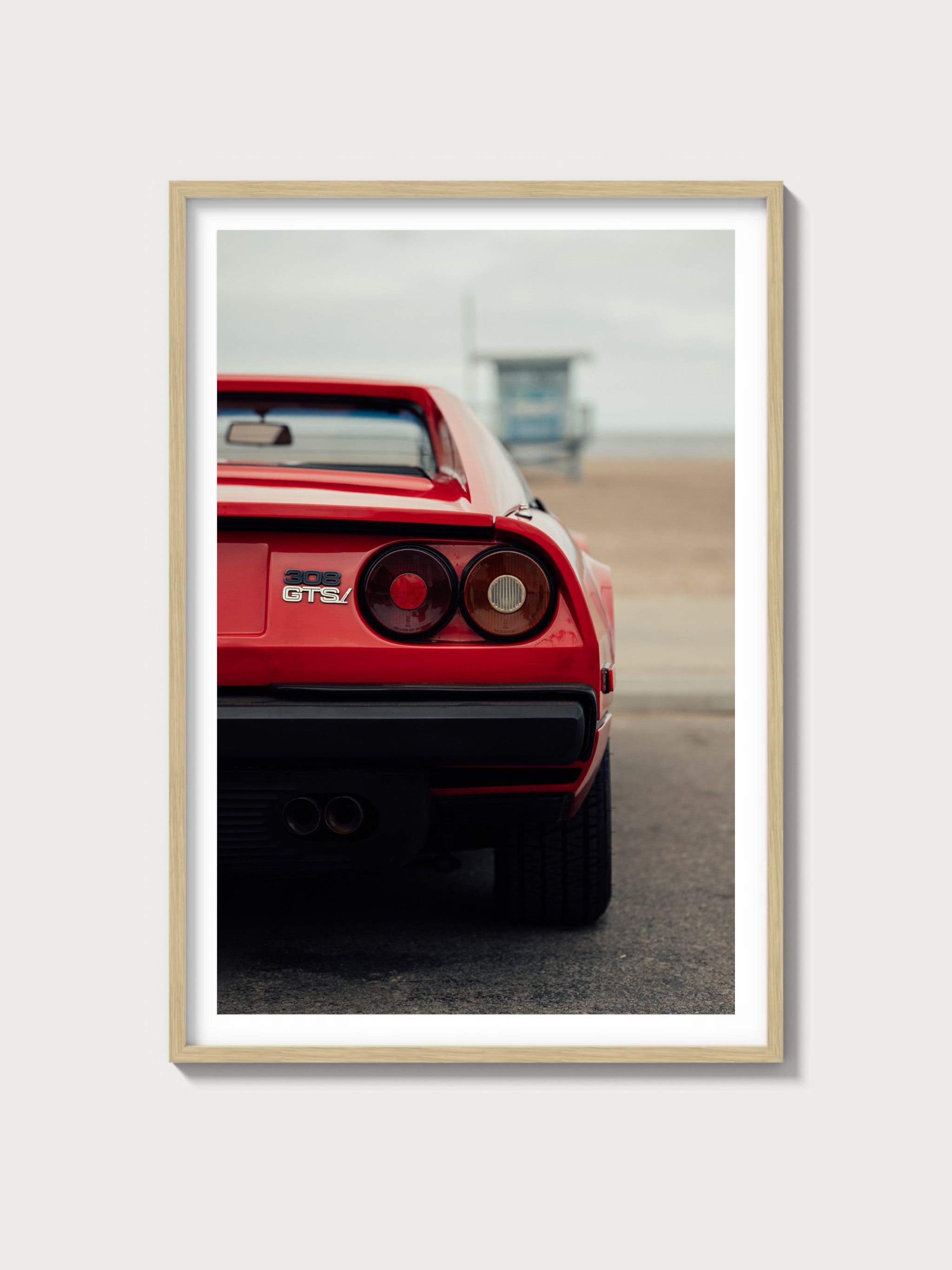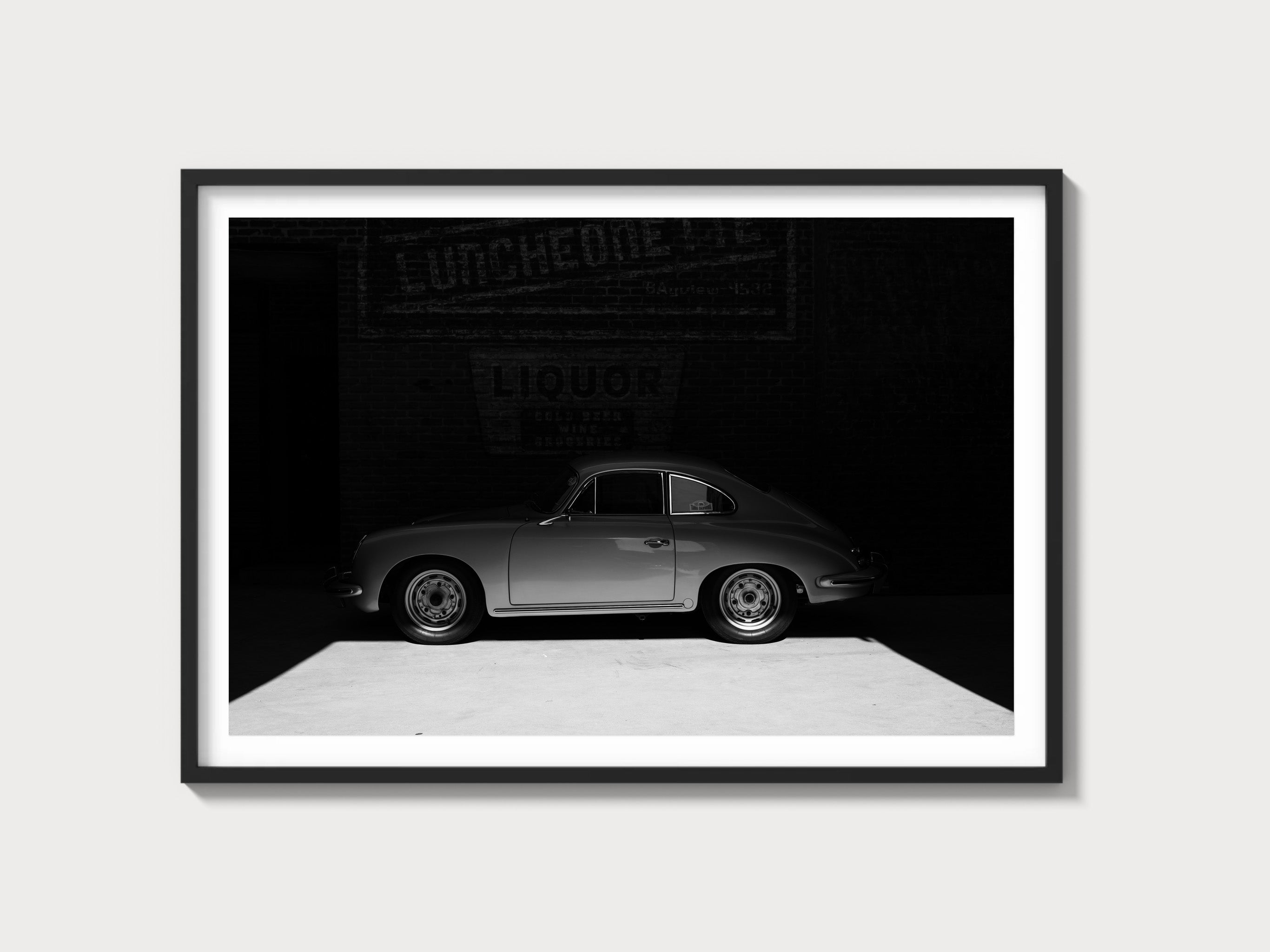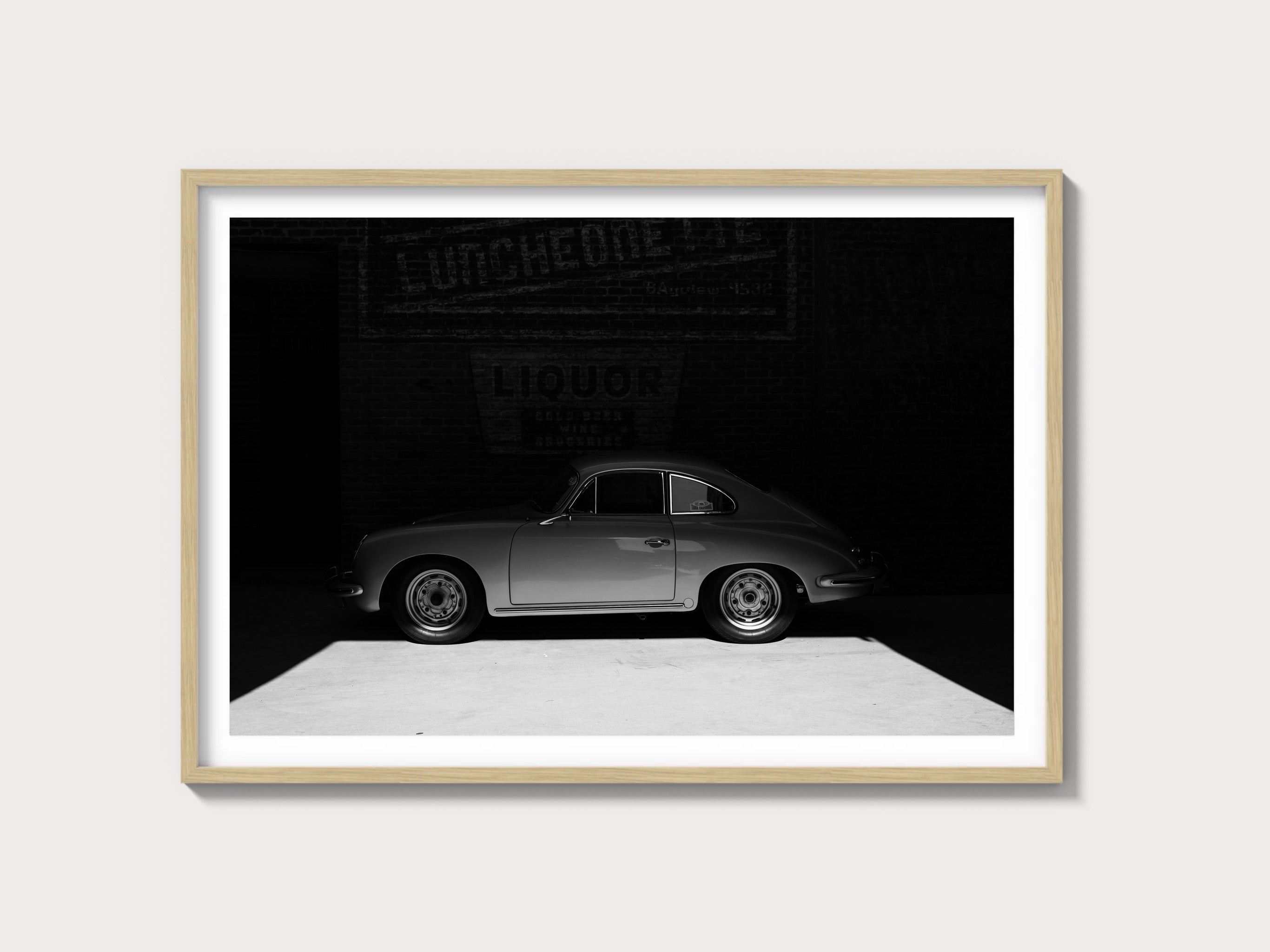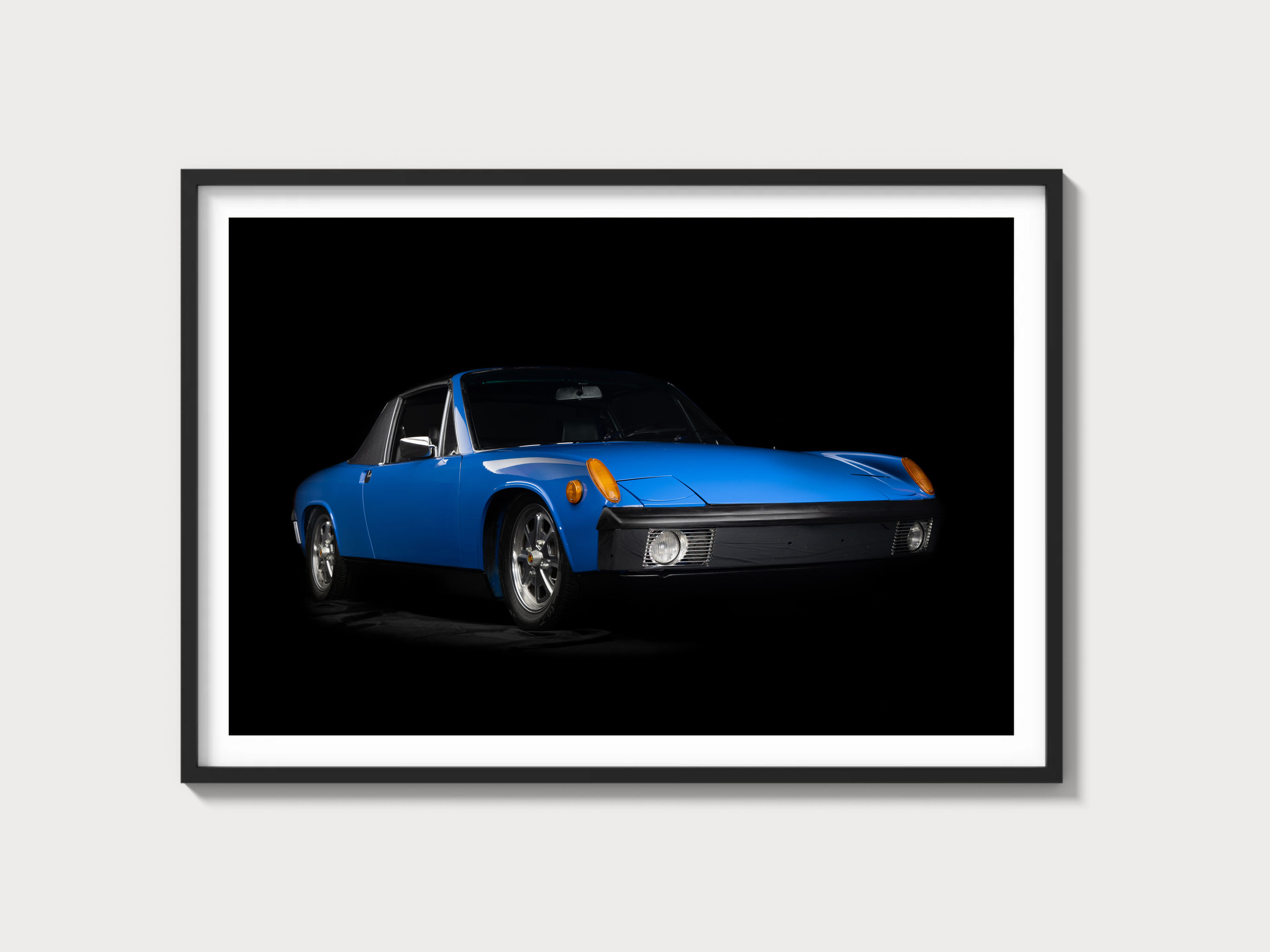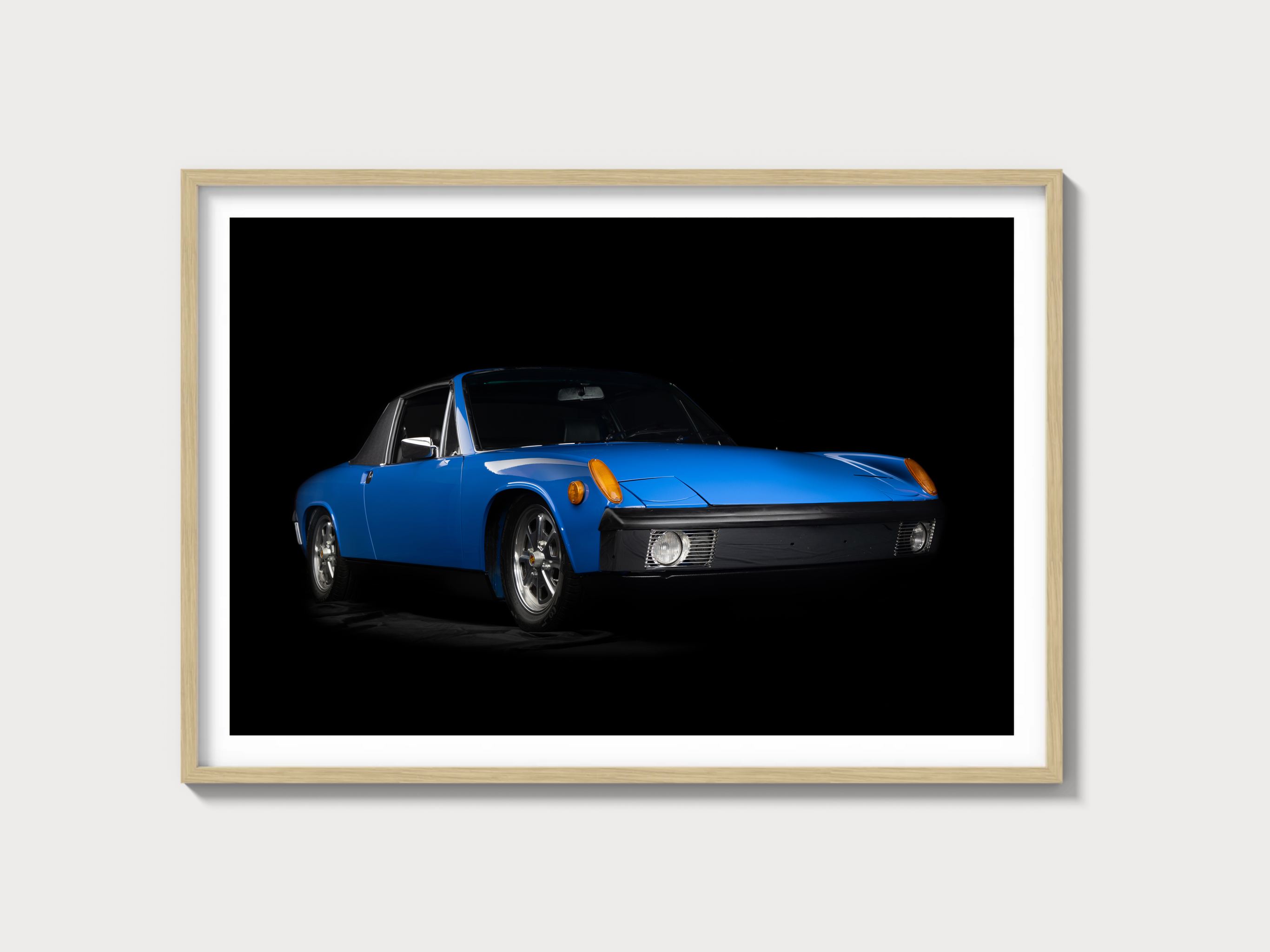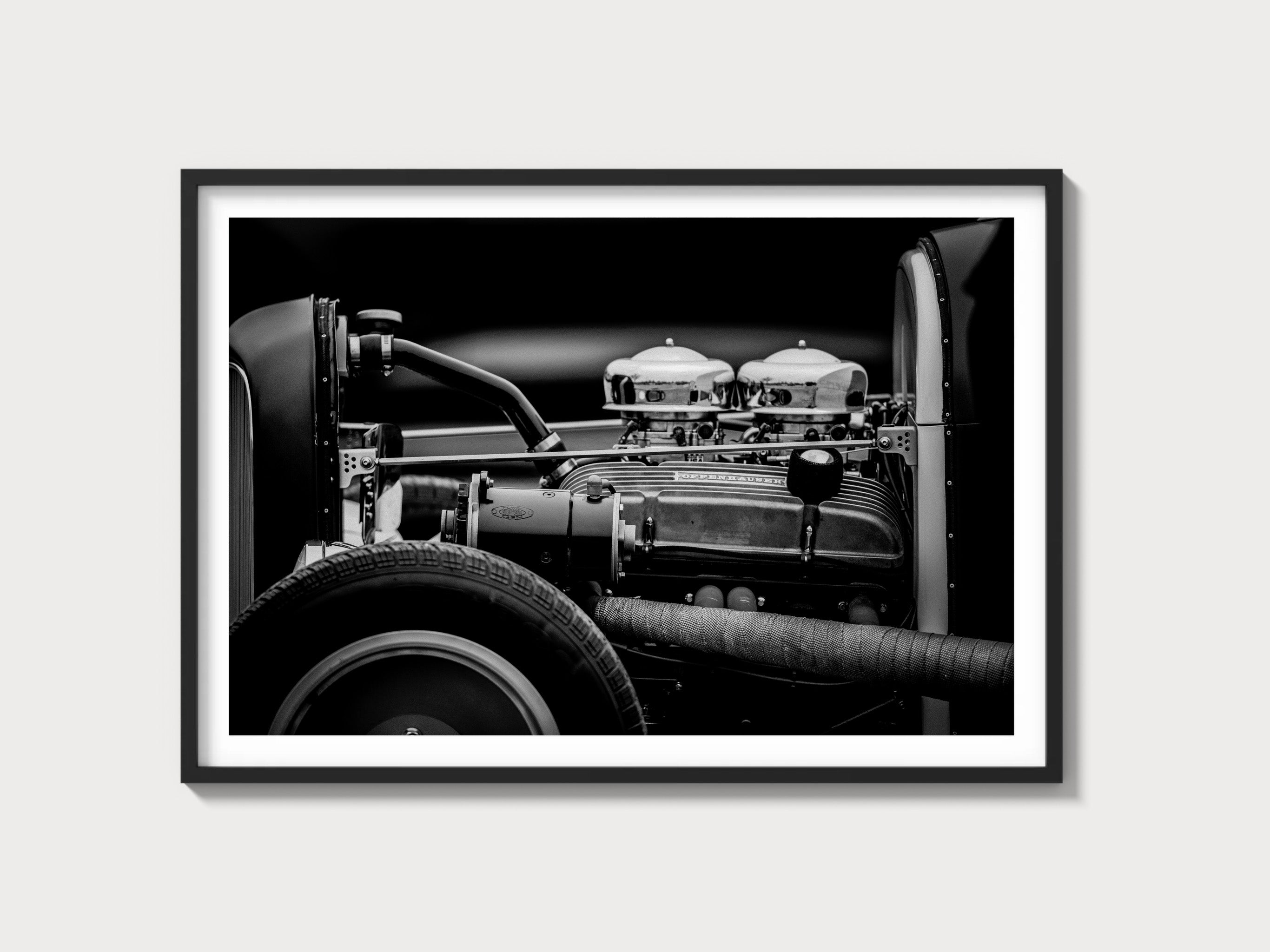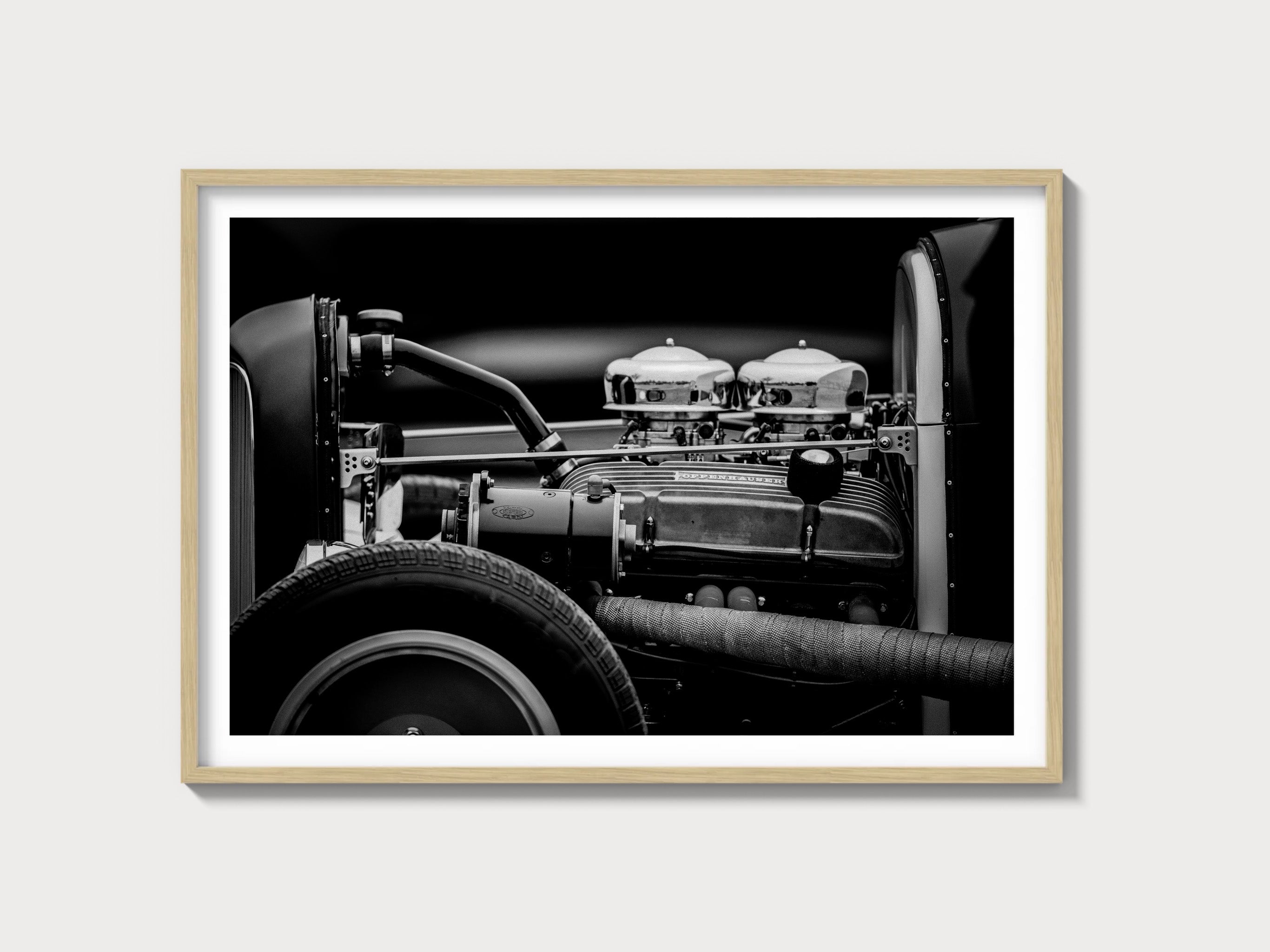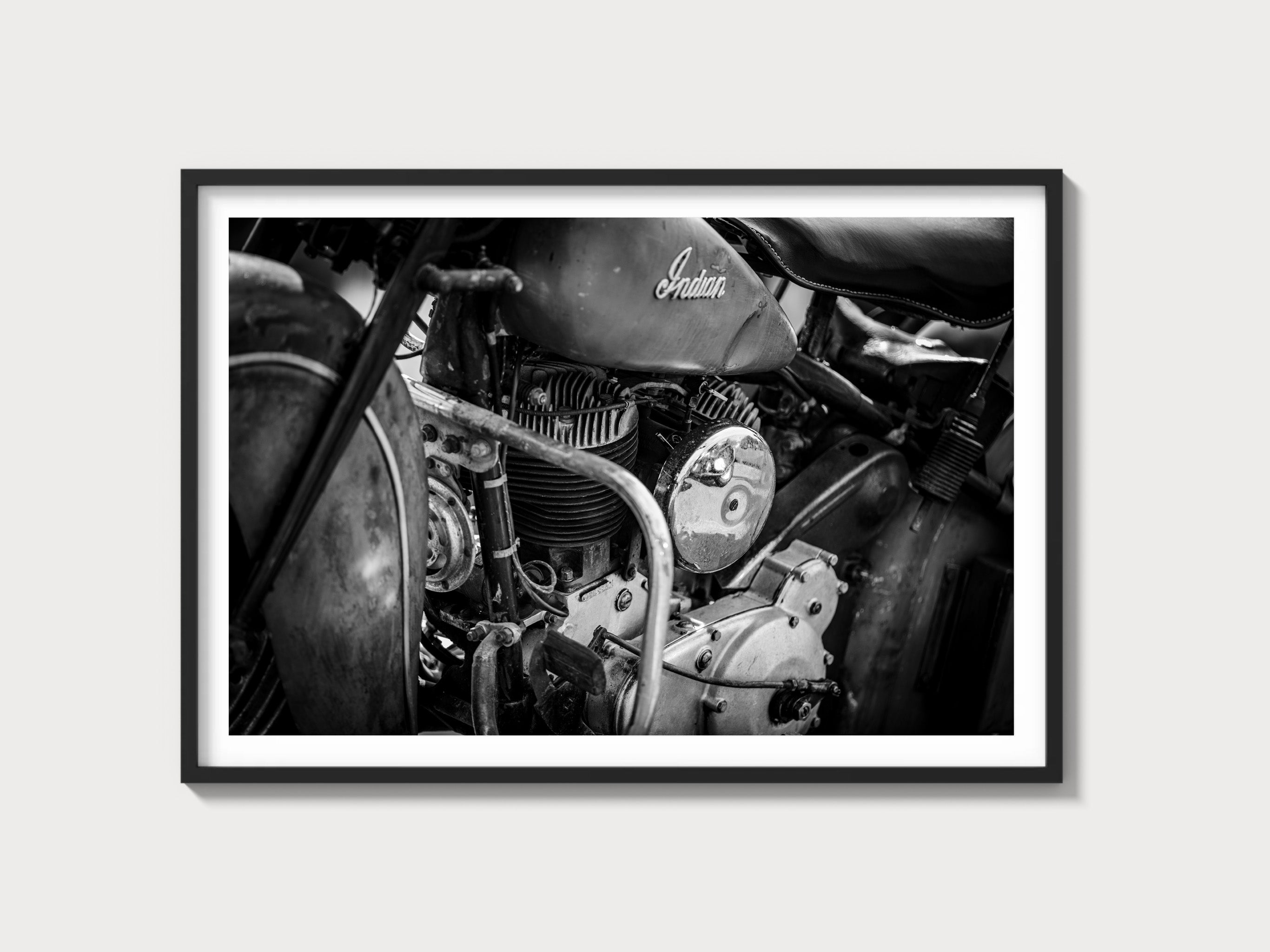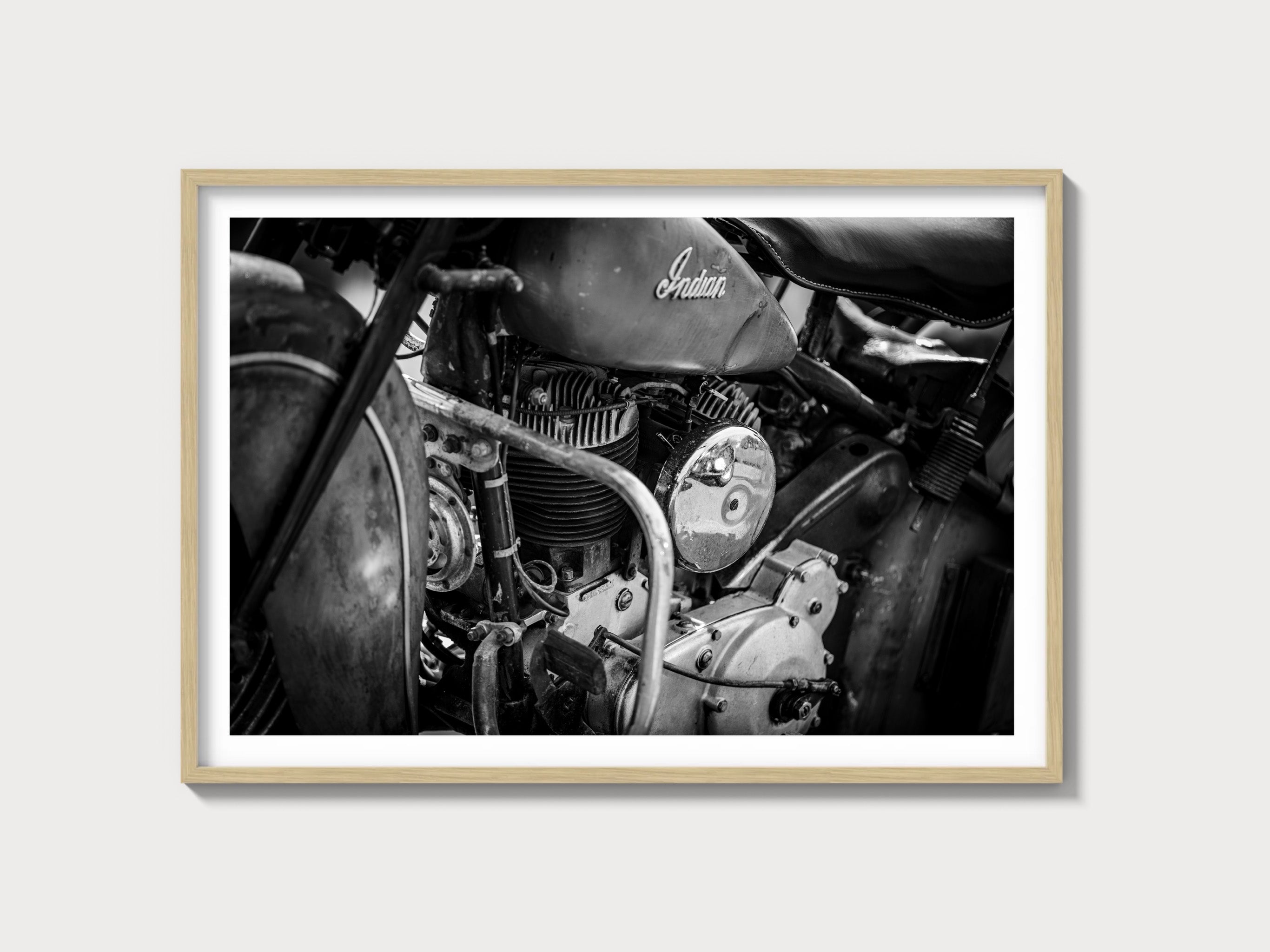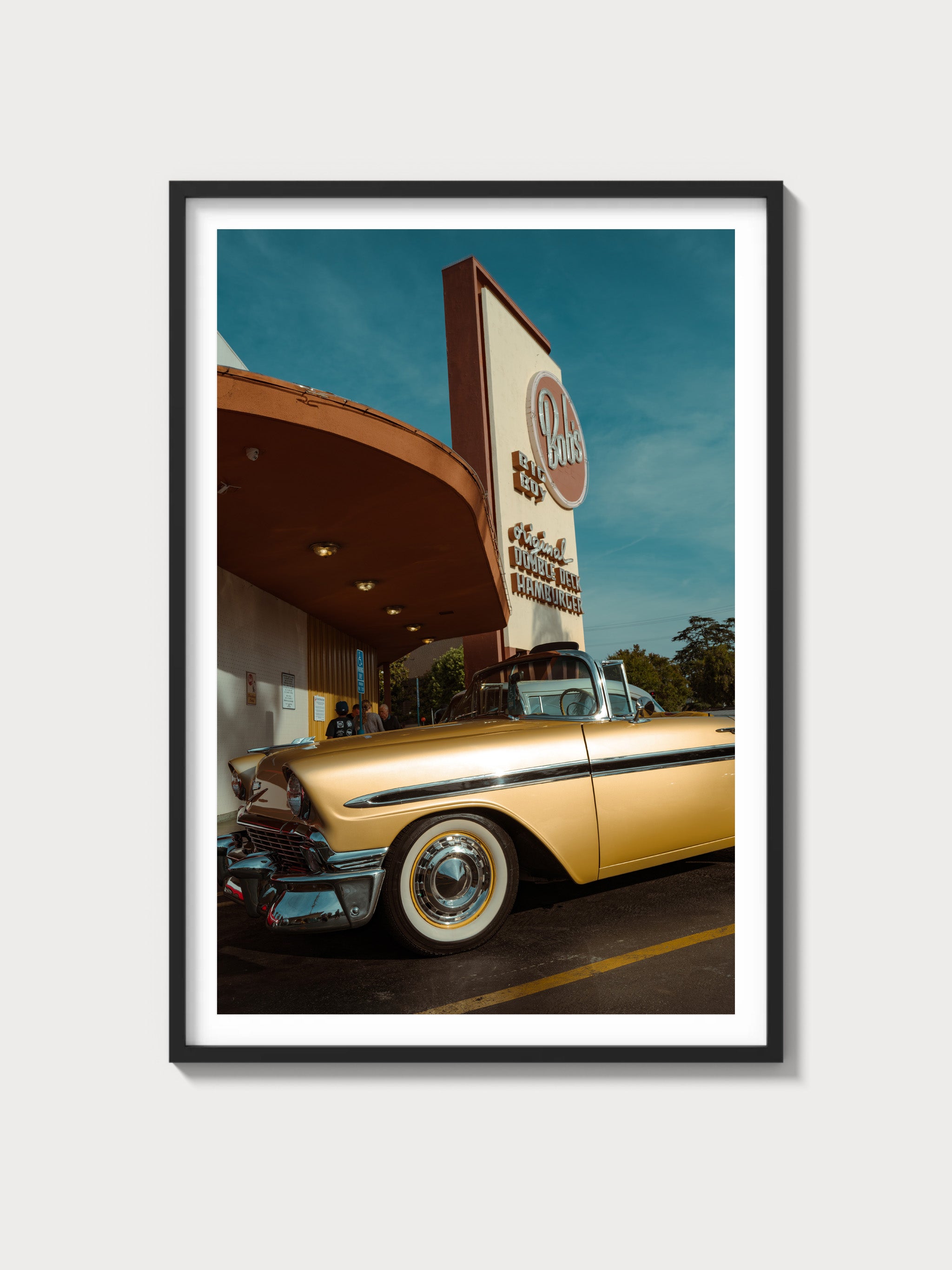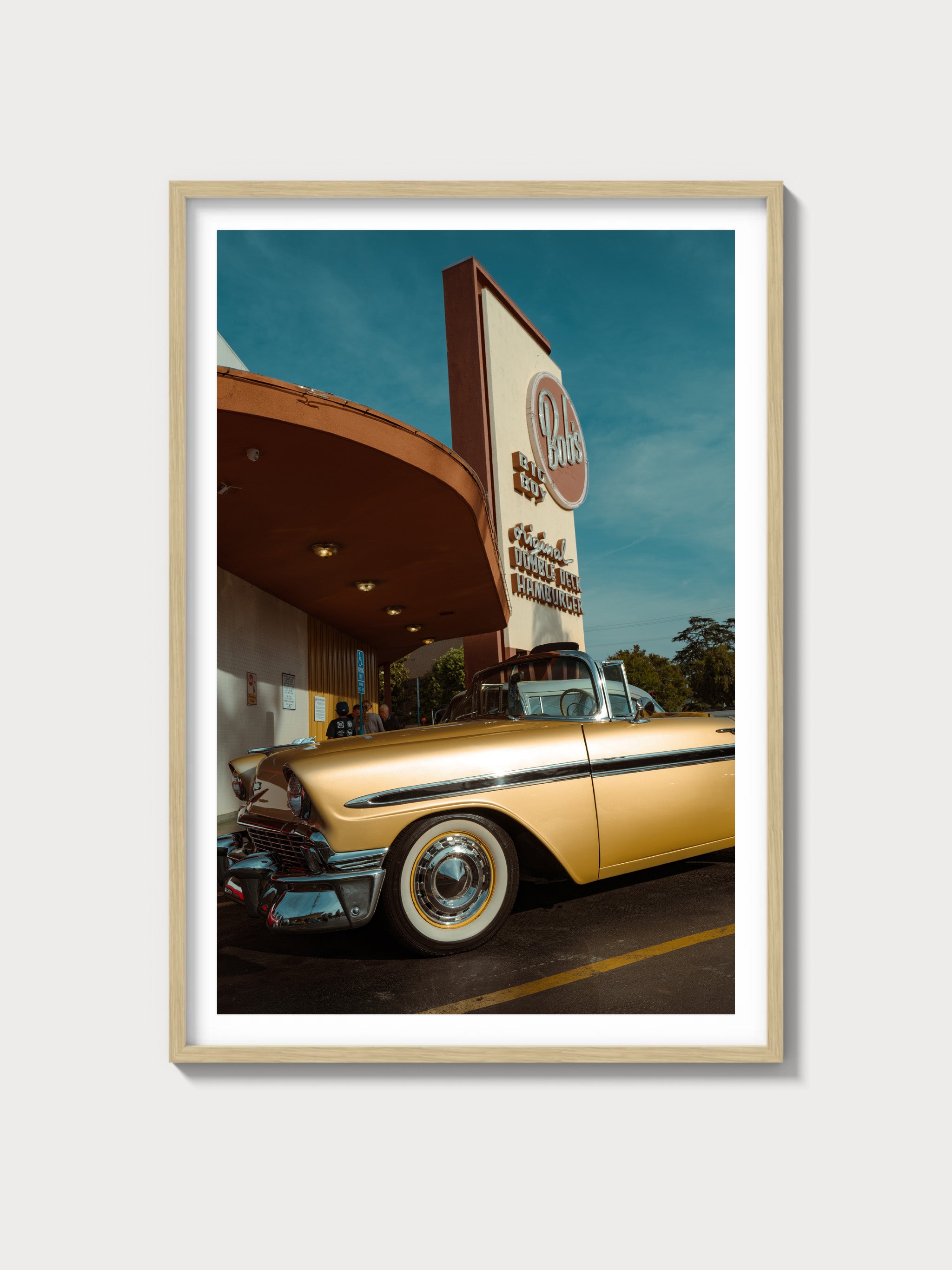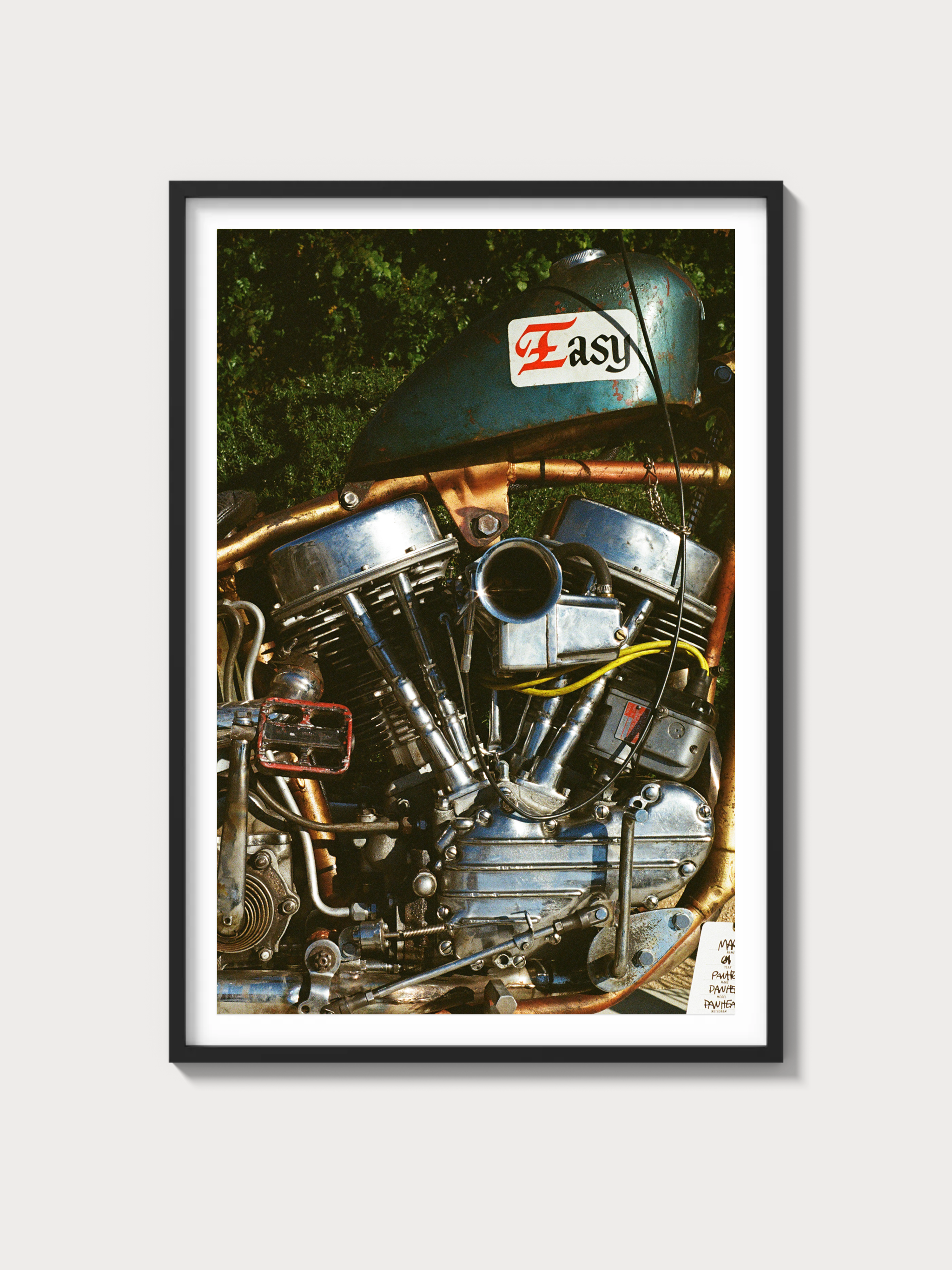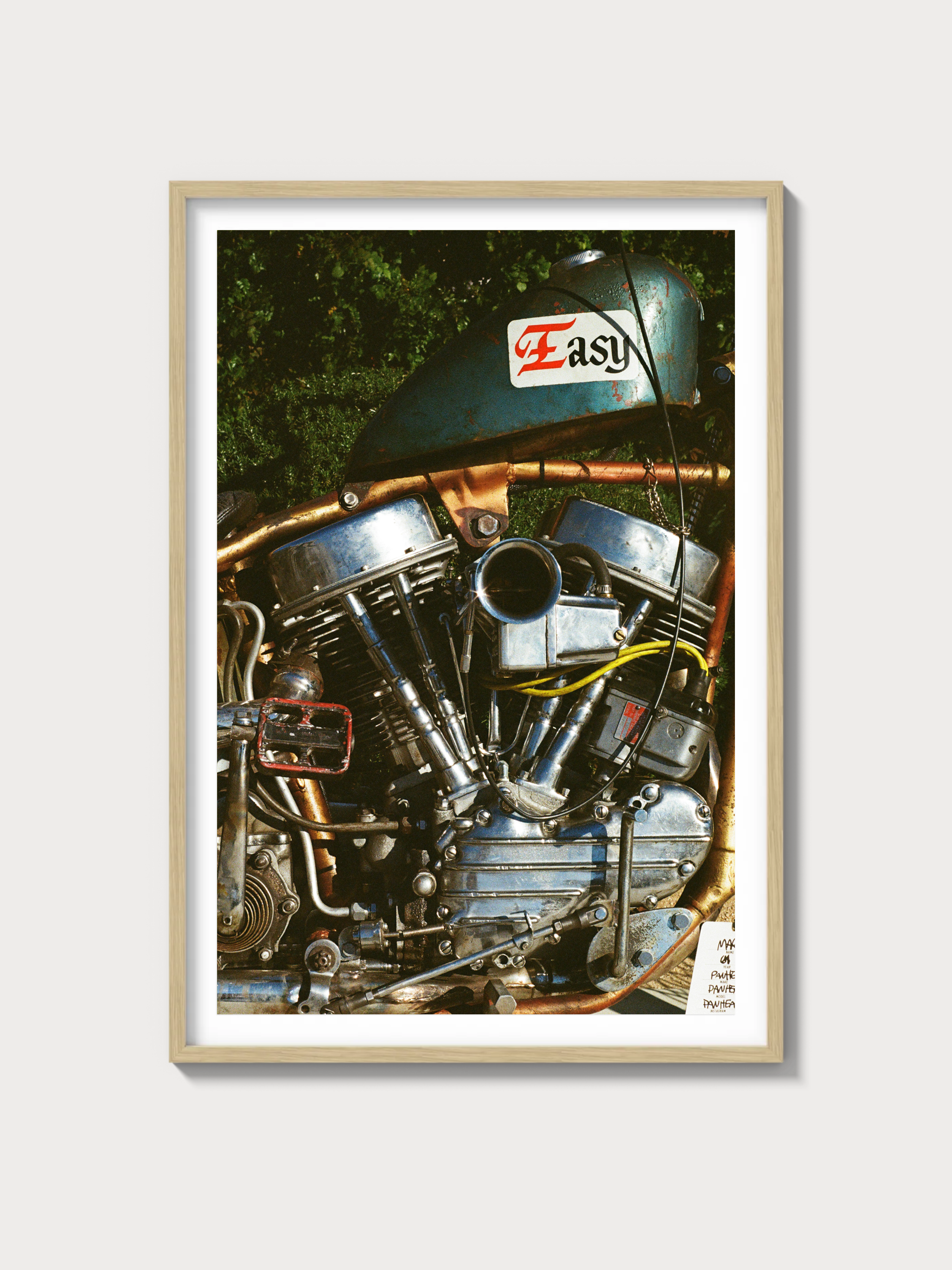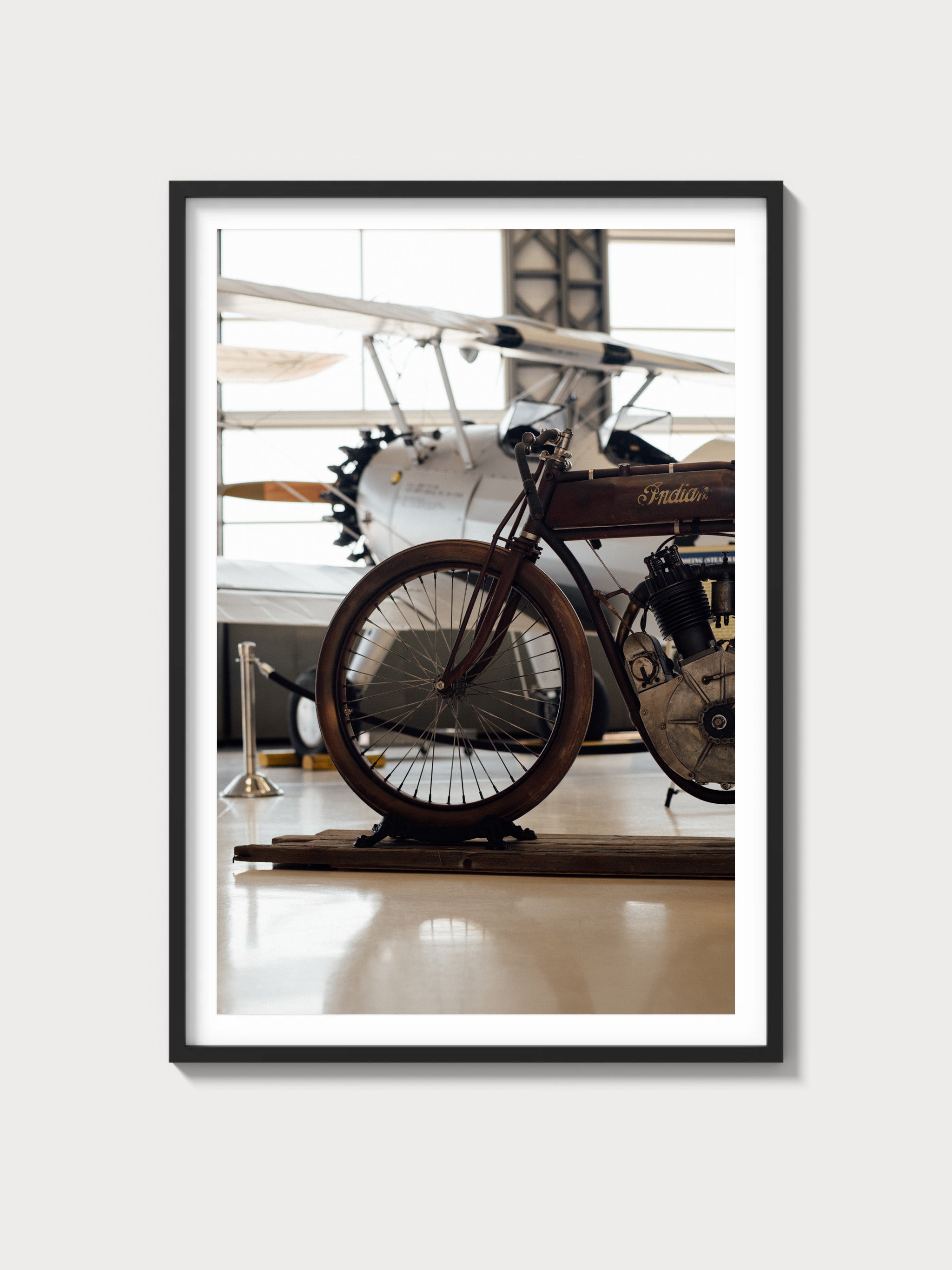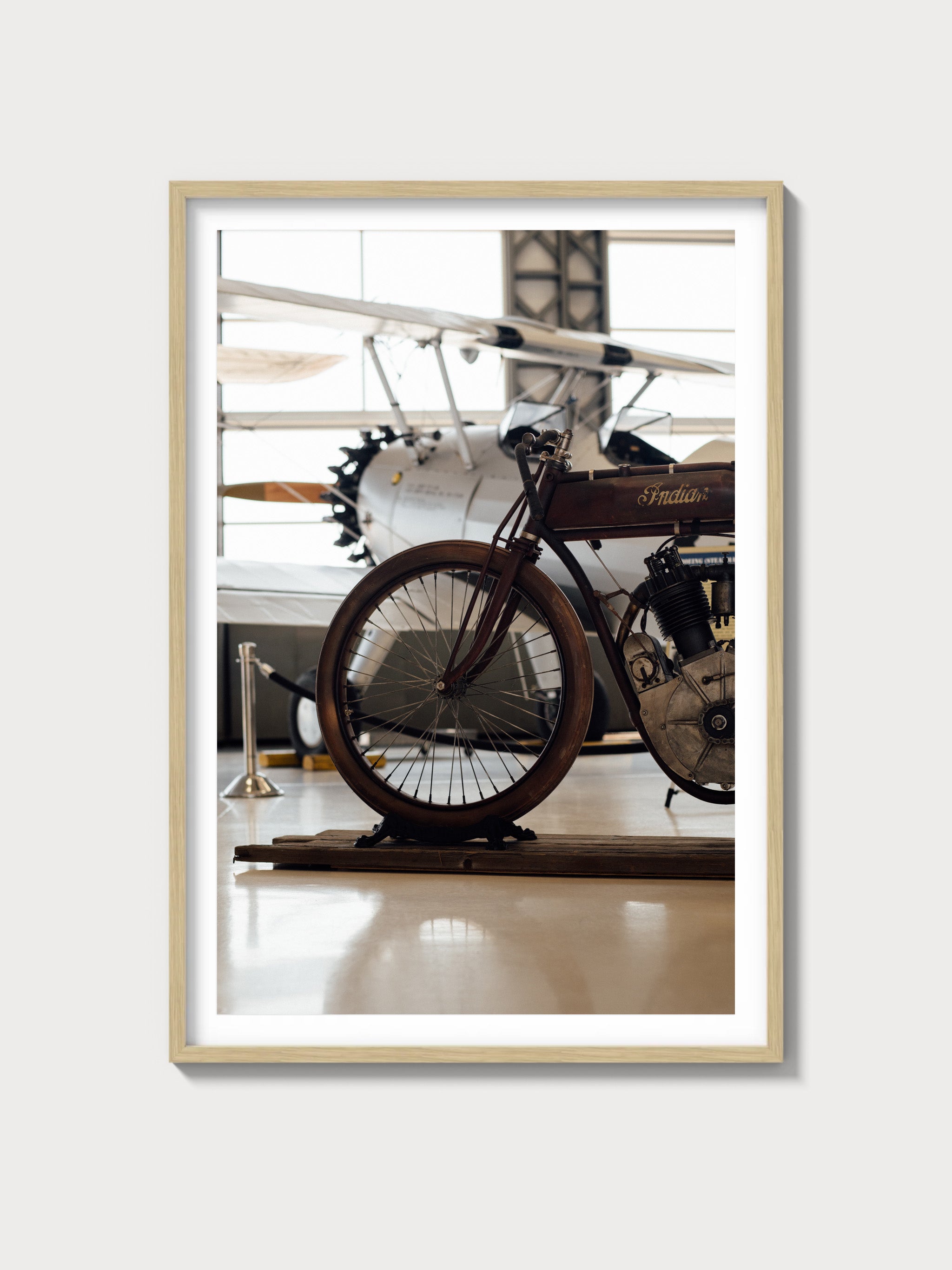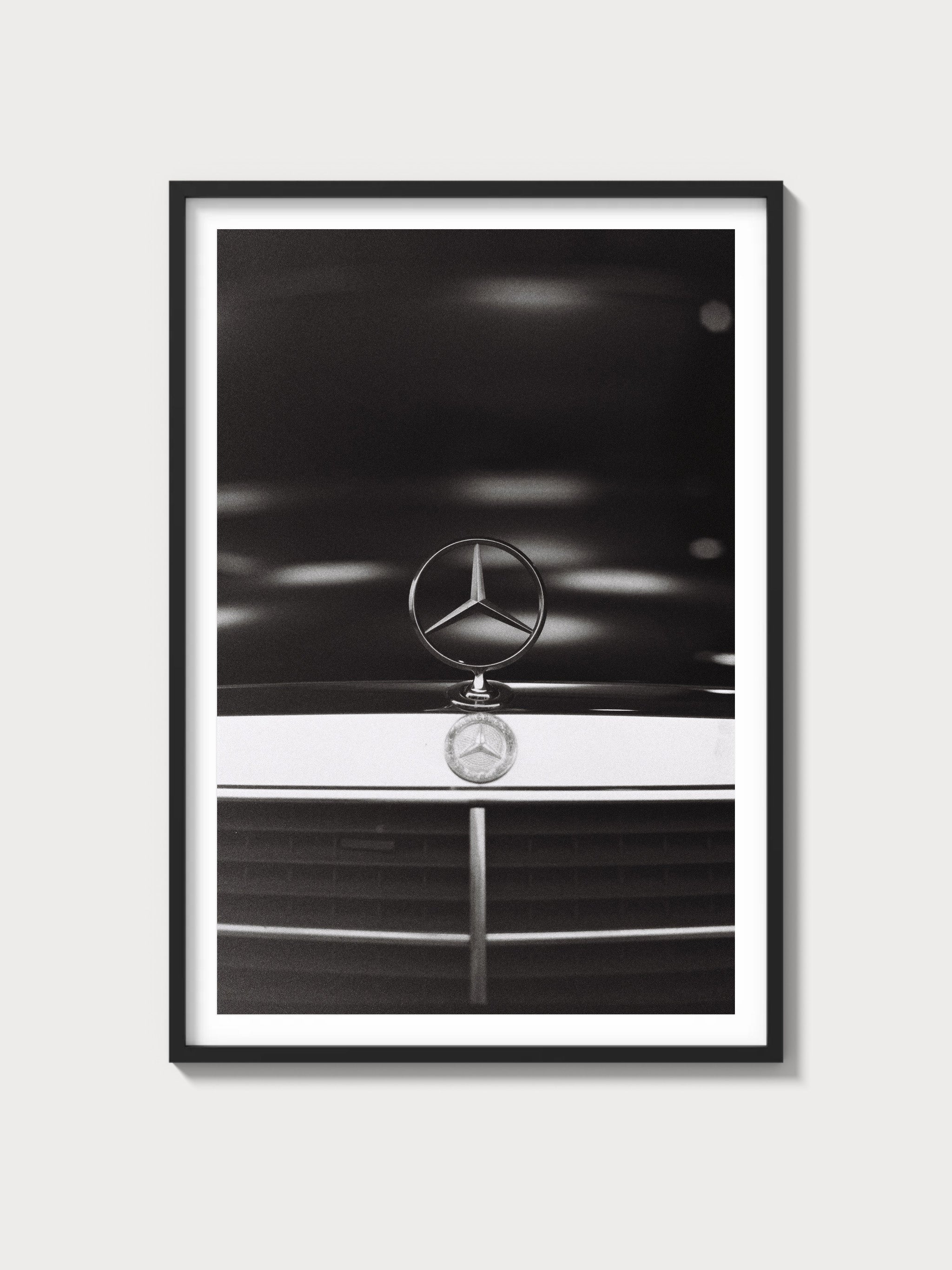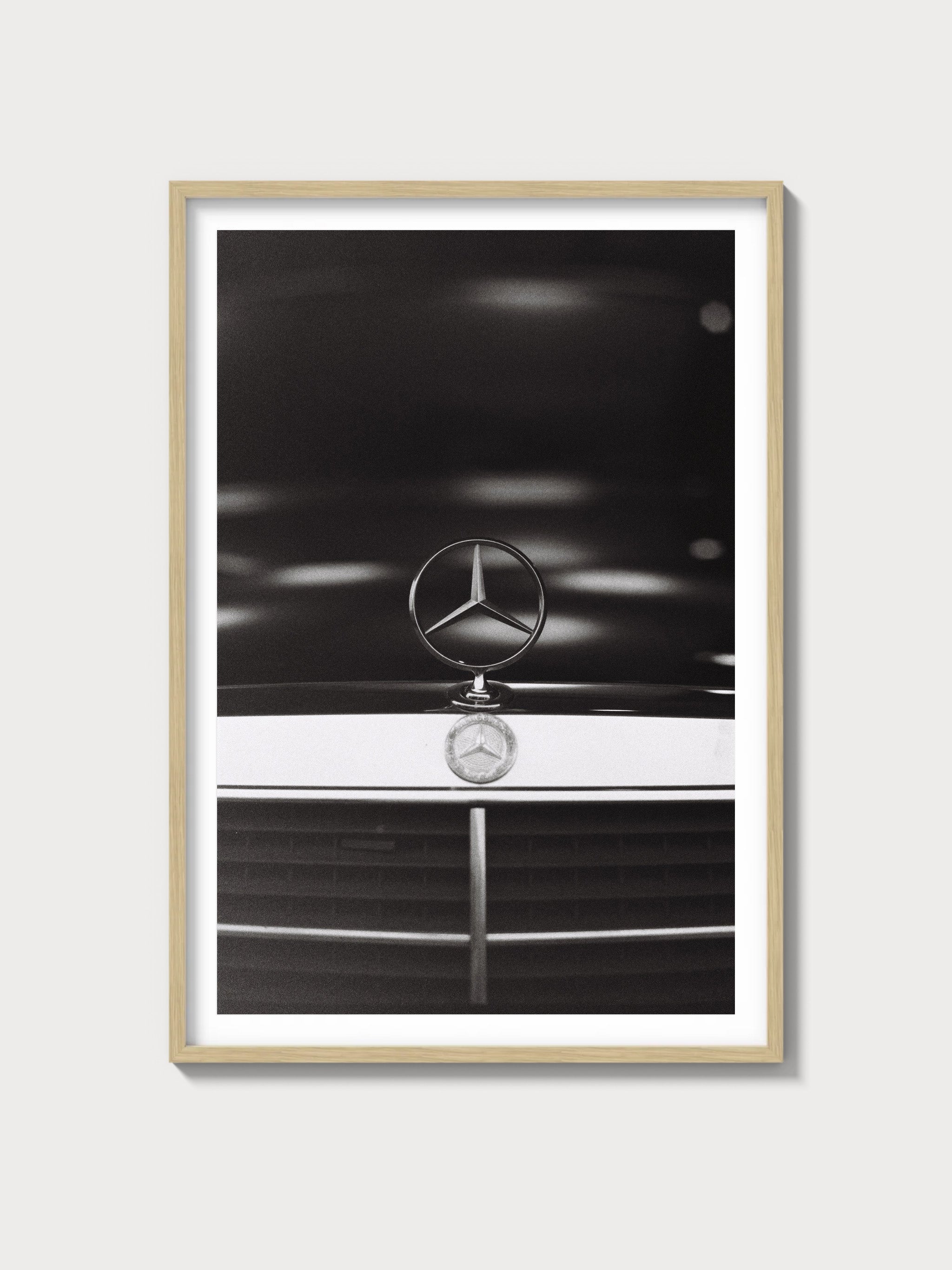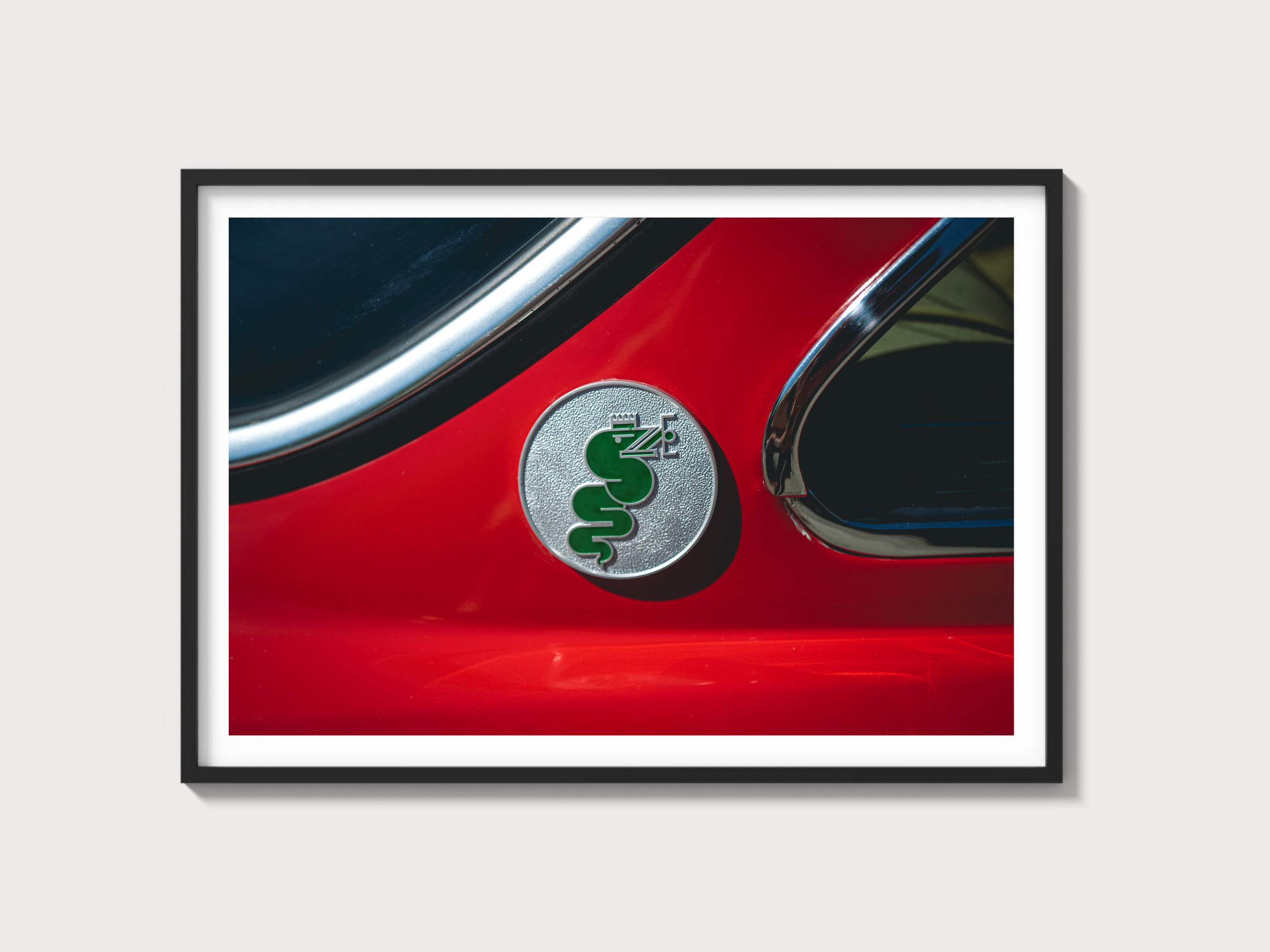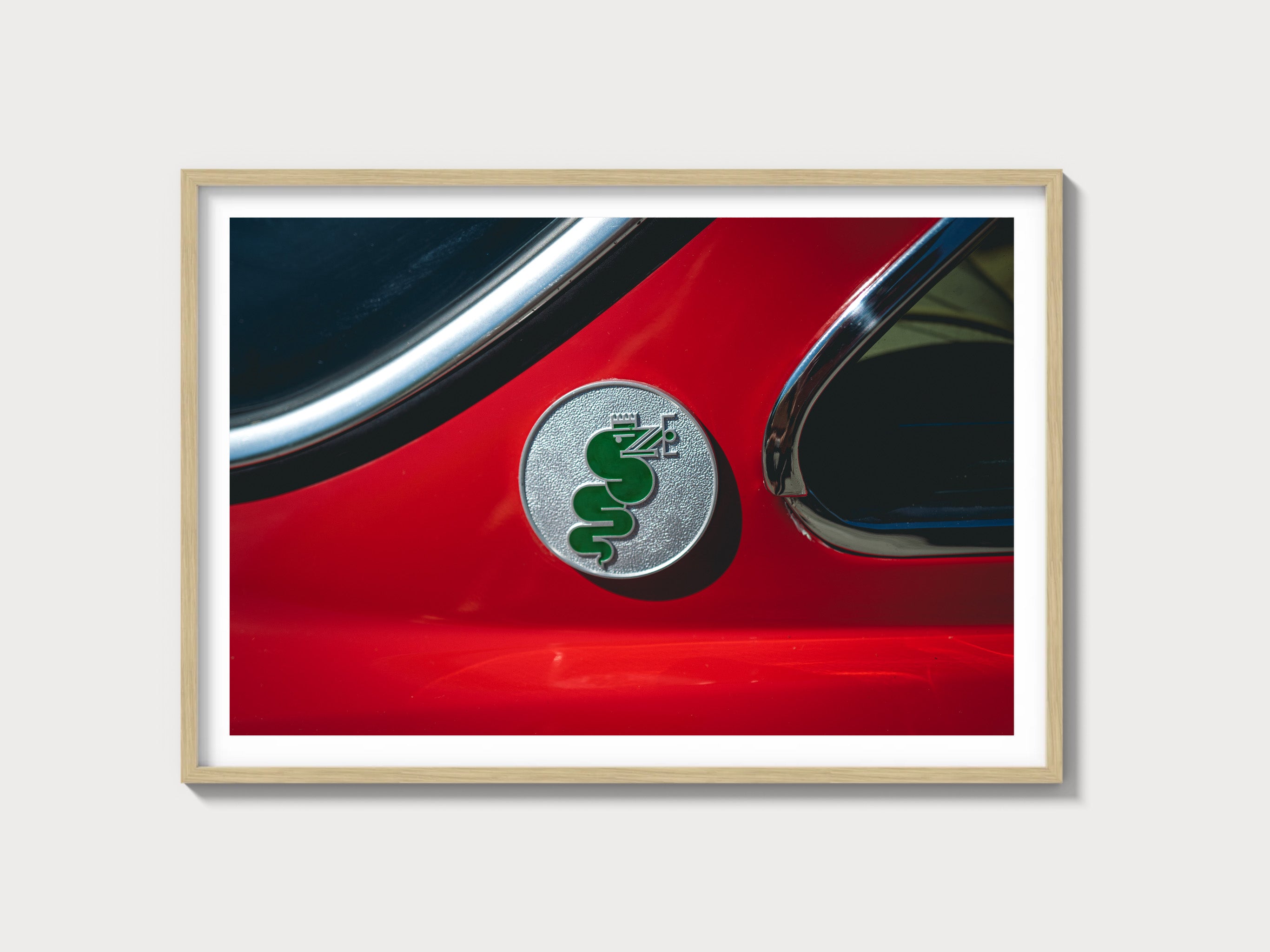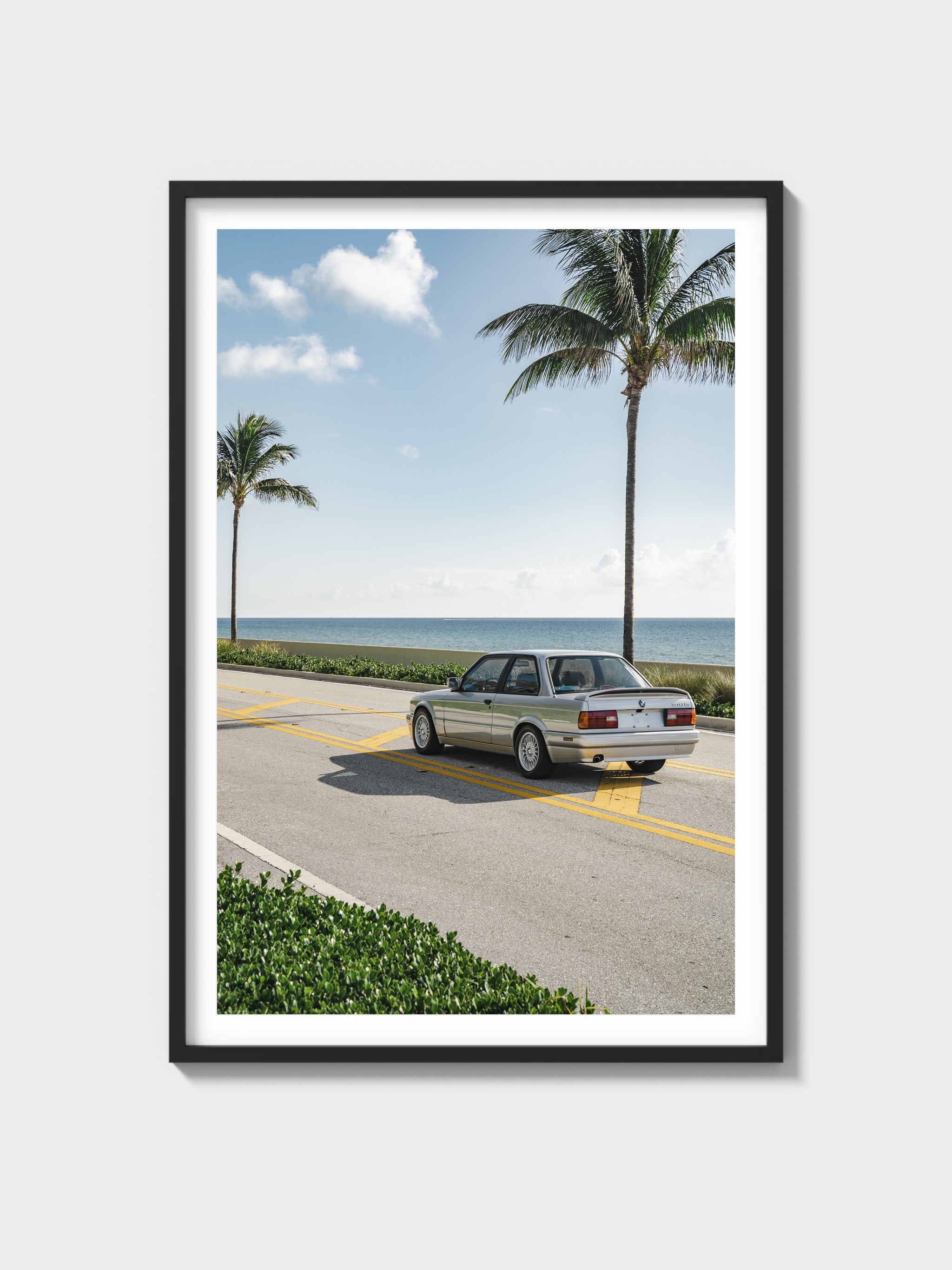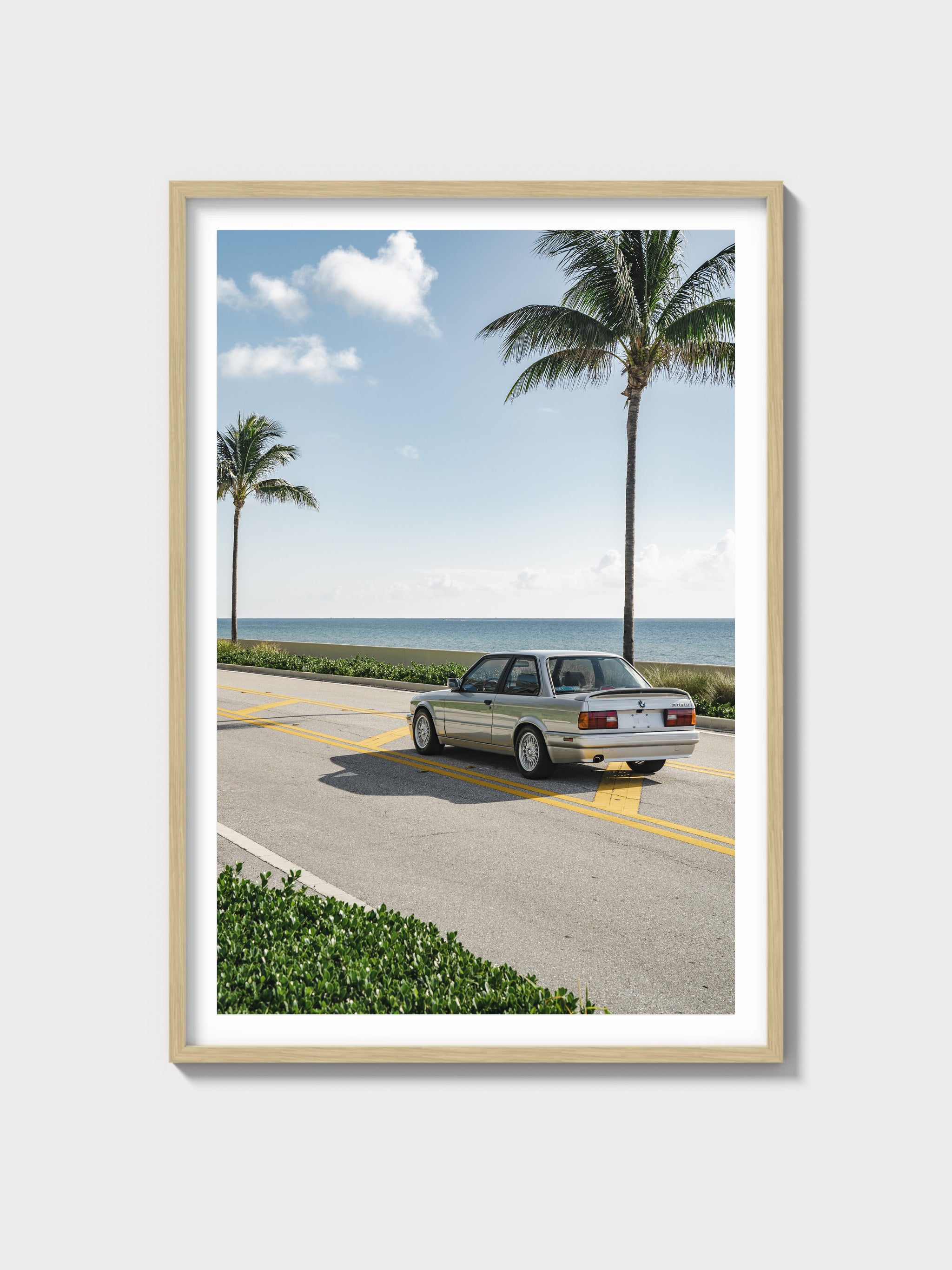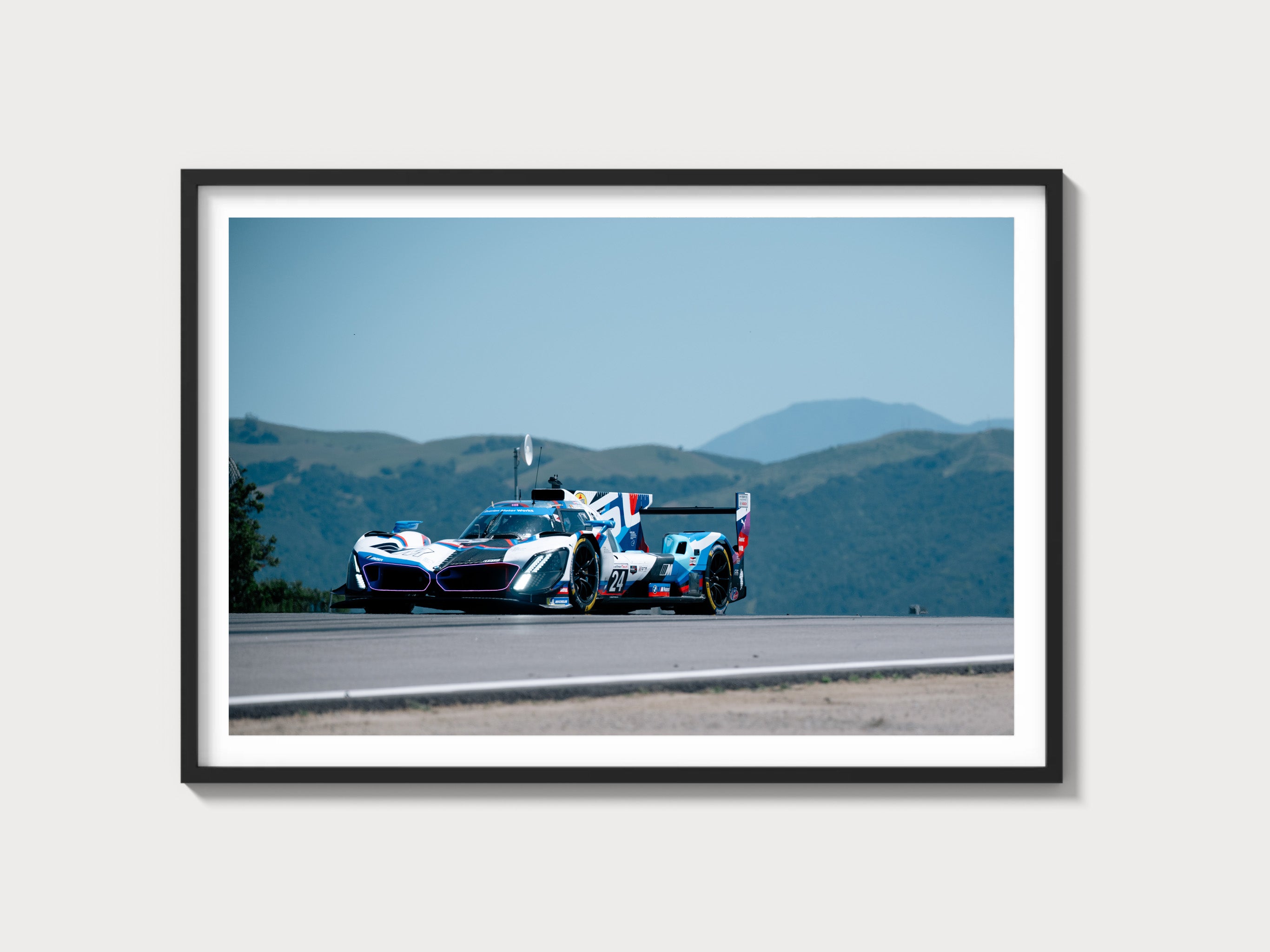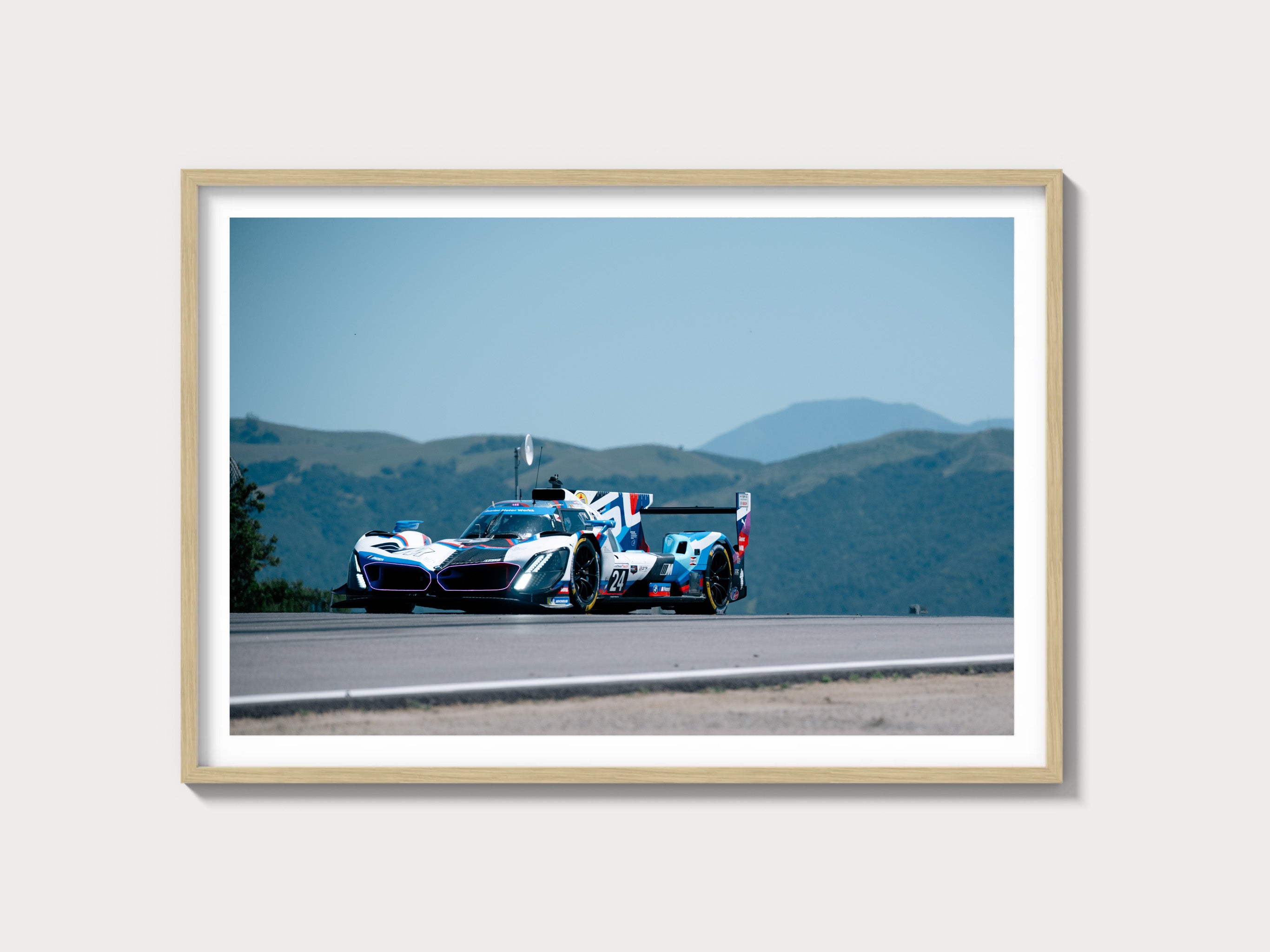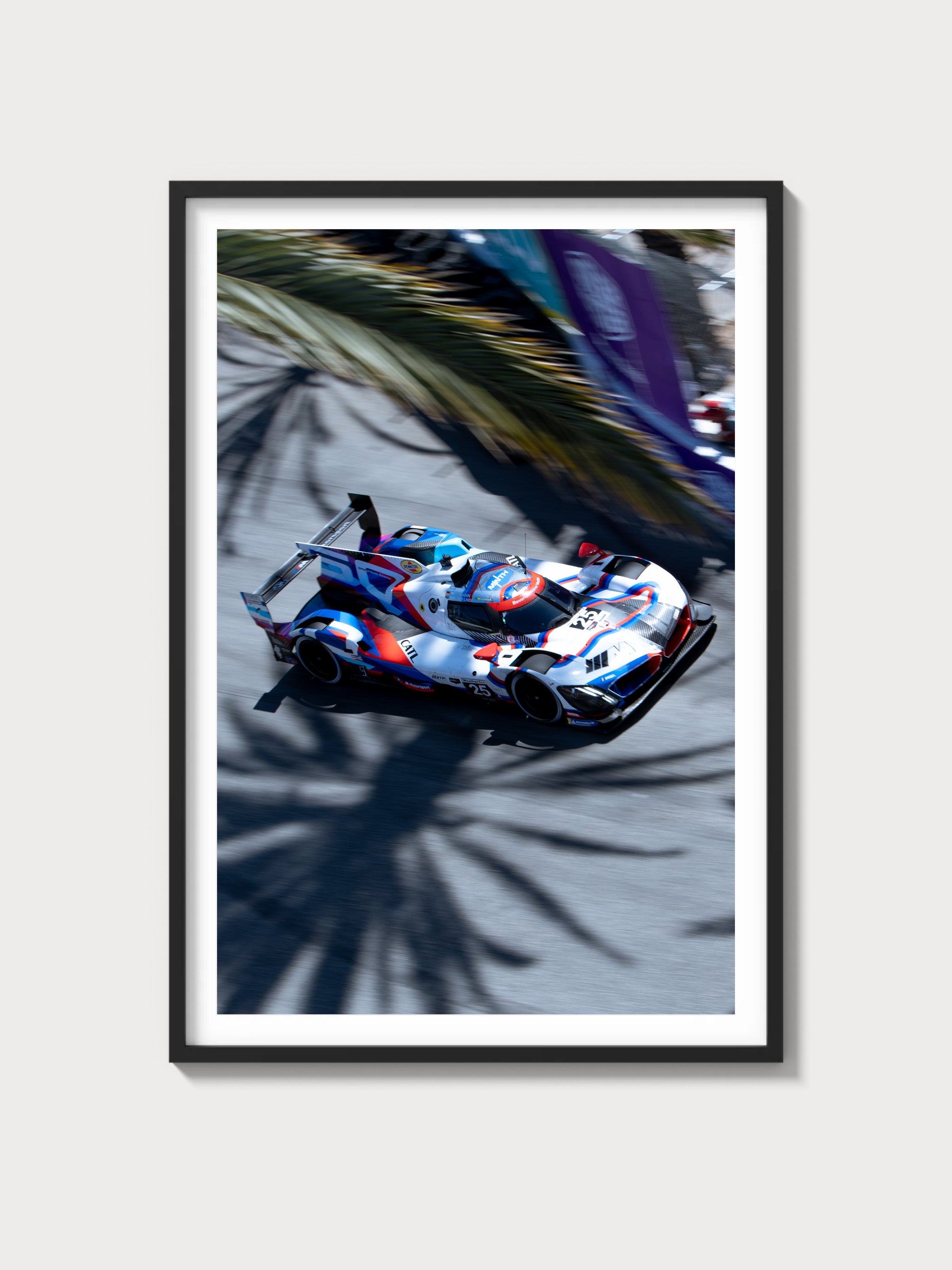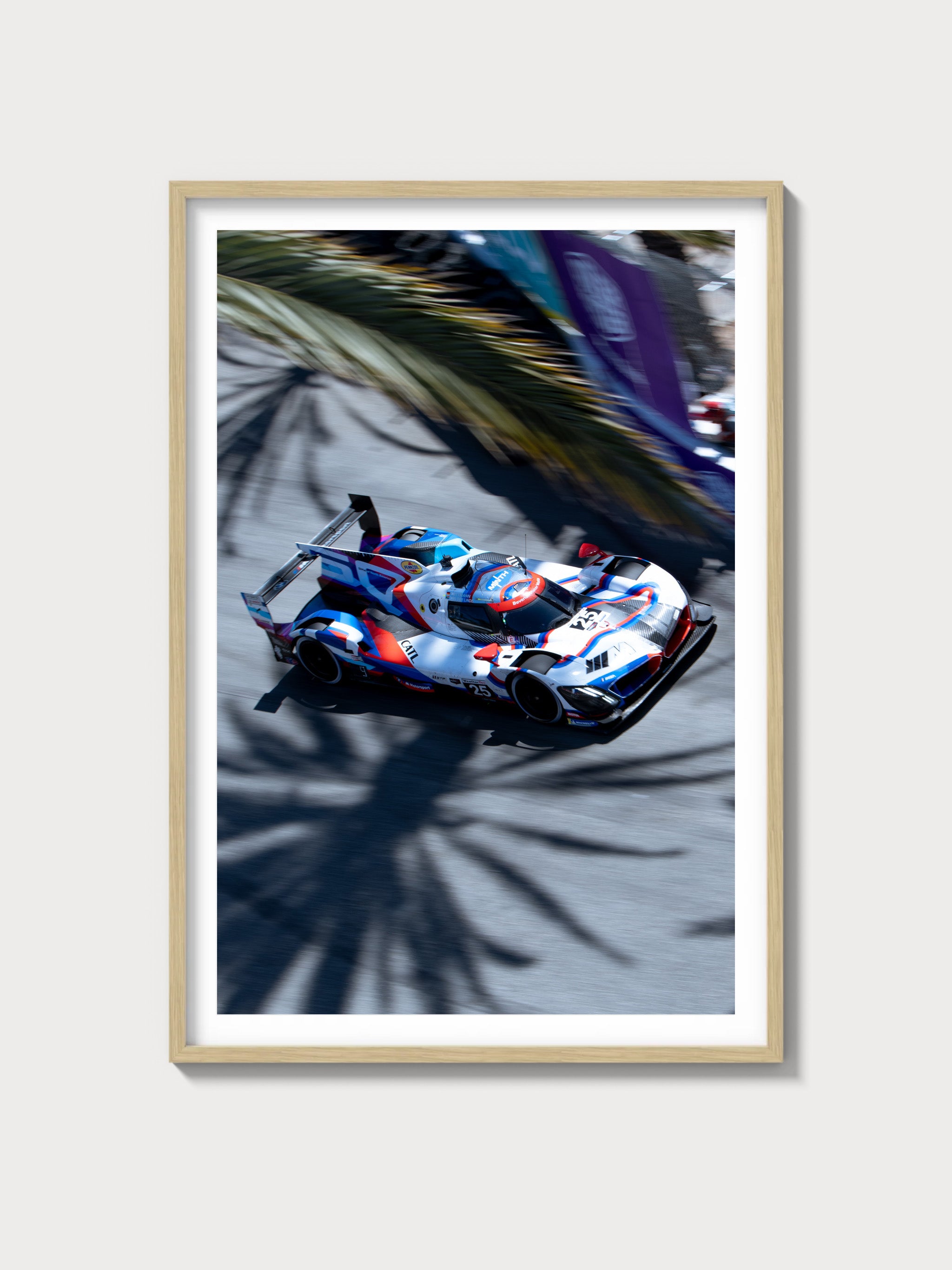1971–1977 Pontiac Ventura Base (GM X‑body) — Second Generation
Historical context and development background
Launched for 1971 as the Ventura II and later simply Ventura, Pontiac’s compact rode GM’s X‑body platform shared with the Chevrolet Nova. The brief was straightforward: deliver Pontiac identity and tuning on the proven Nova package. That meant familiar X‑body fundamentals—separate front subframe, front coils with unequal‑length control arms, and a leaf‑spring live axle—wrapped in Pontiac sheetmetal with a split grille, arrowhead badging, and Pontiac‑specific interiors.
The 1971–1974 cars carried the early‑’70s look, while 1975 ushered in the federally compliant restyle with heavier 5‑mph energy‑absorbing bumpers, revised lighting, and underhood updates aligned with emissions and drivability improvements. Pontiac’s Radial Tuned Suspension (RTS) arrived mid‑decade across the lineup, and the Ventura benefitted with revised spring and bushing rates and alignment settings calibrated for radial tires.
On the corporate chessboard, the Ventura slotted below LeMans/Grand Am as Pontiac’s value compact, yet Pontiac still salted in brand character—trim upgrades, steering feel, and the occasional sporty variant. Notably, the GTO nameplate migrated to the Ventura for 1974 as an option package, a one‑year footnote in muscle‑car history as the market pivoted to insurance- and emissions‑conscious realities.
While there was no factory‑backed motorsport program centered on Ventura, the X‑body architecture was ubiquitous in grassroots oval and drag racing. In the marketplace, the Ventura’s primary rivals mirrored its corporate siblings: Chevrolet Nova, Oldsmobile Omega, and Buick Apollo/Skylark, plus compact entries like Ford’s Maverick and Plymouth’s Duster/Valiant.
Engine and technical specs (Base)
Base‑trim Venturas were delivered primarily with Chevrolet’s 250‑cubic‑inch inline‑six. It was a durable, torquey workhorse fed by a single‑barrel Rochester carburetor. Early model years used gross horsepower ratings, shifting to SAE net in 1972. Through the mid‑’70s the six was typically rated around 105–110 hp net, with an emphasis on smooth idle and economical cruising rather than outright speed.
| Specification | Detail (Base 250 inline‑six) |
|---|---|
| Engine configuration | Inline‑6, iron block and head |
| Displacement | 250 cu in (4.1 L) |
| Horsepower | Approx. 105–110 hp (SAE net, typical mid‑1970s); 1971 gross ratings were higher |
| Induction type | Naturally aspirated |
| Fuel system | Rochester Monojet single‑barrel carburetor |
| Compression ratio | Approx. 8.0:1 to 8.5:1 (varied by year/calibration) |
| Bore x stroke | 3.875 in x 3.53 in |
| Redline | Approximately 4,800 rpm (factory tachometer not fitted to most base cars) |
Transmissions mirrored Nova practice: a column‑shift three‑speed manual was common early on; a two‑speed Powerglide automatic appeared on early years with the six, with the Turbo‑Hydramatic 350 three‑speed automatic supplanting it as the decade progressed. Four‑speed manuals were typically paired to V8 options rather than the base six.
Driving experience and handling dynamics
The base Ventura is honest about its mission. With the 250 inline‑six, throttle response is measured but linear, helped by generous low‑rpm torque and conservative ignition timing. The Saginaw recirculating‑ball steering is light at parking speeds and slow on center by modern standards, yet delivers a period‑correct, calm highway demeanor. Ride quality is supple over broken pavement thanks to a compliant spring/damper pairing and tall‑sidewall tires.
Turn‑in is modest and body roll evident—this is a leaf‑spring compact tuned for civility rather than apex hunting—but RTS‑era cars (mid‑’70s) feel tidier on radials, with revised alignment settings that sharpen straight‑line stability and reduce wander. Braking performance depends on equipment: early base cars often wore drums on all four corners; power front discs were optional and became widely adopted mid‑decade. Pedal feel on drum setups benefits from careful adjustment and good friction material.
Full performance specs (representative, base six‑cylinder)
Performance varied with year, axle ratio, weight, and transmission, but period testing of similarly equipped X‑bodies sets realistic expectations for a stock, well‑tuned base Ventura.
| Metric | Figure |
|---|---|
| 0–60 mph | Approx. 12.5–15.0 seconds |
| Top speed | Approx. 100–105 mph |
| Quarter‑mile | Approx. 18.5–19.8 sec @ ~70–73 mph |
| Curb weight | ~3,000–3,300 lb (equipment dependent) |
| Layout | Front‑engine, rear‑wheel drive |
| Front brakes | Drums standard on early years; power discs optional, later widely adopted |
| Rear brakes | Drums |
| Front suspension | Unequal‑length A‑arms, coil springs, anti‑roll bar |
| Rear suspension | Live axle, semi‑elliptic leaf springs |
| Gearbox | 3‑speed manual standard (early); Powerglide or TH350 automatic widely fitted; 4‑speed manuals typically with V8s |
Variant breakdown (trims and notable packages across the range)
The Ventura line spawned several trims and sub‑series during 1971–1977. Production figures are not always broken out by trim in publicly available sources; the one‑year 1974 GTO option is the notable exception with a documented total.
| Trim/Edition | Years | Production | Key differences | Market notes |
|---|---|---|---|---|
| Base | 1971–1977 | Not separately published | Plain grille and brightwork; bench seats; minimal instrumentation; 250 I6 standard | Sold widely in U.S. and Canada |
| Custom | 1971–1975 | Not separately published | Upgraded interior trim, additional brightwork, more options | Positioned as value/luxury step above Base |
| Sprint | 1971–1972 | Not separately published | Sport appearance and chassis bits; stripes, wheels, buckets; V8 availability | Dealer‑marketed sporty trim during early years |
| GTO (option on Ventura) | 1974 | 7,058 (approx., documented) | Pontiac 350 V8 with 4‑barrel; unique graphics/hood treatment; heavy‑duty suspension | One‑year return of the GTO name on X‑body |
| SJ | 1975–1976 | Not separately published | Luxury‑leaning trim and interior appointments, Pontiac‑specific grille/tail accents | Pontiac nomenclature used across several lines |
| Phoenix (Ventura sub‑series) | 1977 | Not separately published | Range‑topping trim with unique exterior/interior finishes | Became standalone model after the Ventura era |
Color palettes and badging followed Pontiac conventions of the year, with stripes and wheel packages defining the sportier editions. Export beyond North America was limited; most cars were sold in the U.S. and Canada.
Ownership notes: maintenance, parts, and restoration
- Powertrain durability: The Chevrolet 250 inline‑six is robust and parts support is excellent. Hydraulic lifters reduce valvetrain maintenance; timing sets and water pumps are straightforward service items.
- Ignition and fuel: Points ignition on early cars gave way to HEI mid‑decade, improving cold‑start and reliability. Rochester Monojet carbs respond well to careful choke and float setup; vacuum leaks and worn throttle shafts are common aging issues.
- Chassis and brakes: Front subframe bushings, idler arms, and tie‑rod ends are wear points; parts interchange with Nova keeps costs sensible. Drum brakes demand proper adjustment; front disc conversions mirror factory options.
- Rust watchpoints: Lower fenders, rear quarter arches, trunk pan, cowl/wiper plenum, and the rear subframe mounts. Windshield and backlight channels can trap moisture.
- Driveline: Early cars may have the 8.2‑inch 10‑bolt axle; many mid‑’70s cars moved to the stronger 8.5‑inch 10‑bolt—valuable if adding power later.
- Service intervals: Period practice favors frequent oil changes and chassis lubrication. Cooling systems benefit from regular flushes and correct‑mix coolants to protect iron castings.
- Restoration difficulty: Body and trim items unique to Pontiac (grilles, emblems, certain interior bits) can be harder to source than Nova equivalents; mechanical parts are broadly available.
Cultural relevance and market perspective
The Ventura Base lived in the shadow of its Chevrolet sibling and Pontiac’s halo models, yet that anonymity is part of its charm. The 1974 GTO’s brief cameo keeps the model family in enthusiast conversation, while base cars are appreciated for their unpretentious, elemental character—exactly the sort of canvas hot‑rodders and bracket racers favored. In the collector sphere, clean, unmodified survivors remain accessible compared to Novas of similar condition, with sporty sub‑series commanding the premiums.
At auction, excellent survivors and correctly restored examples of the base six tend to trade in the lower range relative to V8 trims and the 1974 GTO, with prices influenced primarily by originality, rust repair quality, and documentation.
Frequently asked questions (real‑world ownership and shopping)
What engines were available on the base Ventura?
The standard engine across the run was the Chevrolet‑sourced 250 cu in inline‑six. Depending on year and market, small‑block V8 options were available (early offerings included a small V8; Pontiac 350‑powered cars appeared in the early‑to‑mid‑’70s; Chevrolet small‑blocks, including 350 and later 305 variants, were offered mid‑decade onward). The base trim typically retained the six unless a V8 was optioned.
How does a base six‑cylinder Ventura perform?
Expect leisurely acceleration with 0–60 mph commonly in the mid‑teens, a quiet, torquey character around town, and relaxed cruising. Properly tuned, top speed is around the century mark.
Are parts interchangeable with the Chevrolet Nova?
Yes. The Ventura shares its core structure and many mechanicals with the Nova. Pontiac‑specific items include exterior trim, grilles, emblems, some interior panels, and certain wiring details.
Known problem areas?
Rust in the cowl, quarters, and trunk floor; worn steering linkage and subframe bushings; aging carburetor and vacuum lines; tired drum brake hardware. As with any X‑body, check the front subframe mounts and the rear spring perches.
Did the Ventura get disc brakes?
Front discs were optional on early years and became widely adopted mid‑decade; many 1975‑on cars feature power front discs as standard equipment depending on configuration.
Value trends?
Base six‑cylinder Venturas generally sell for less than comparable Novas, with premiums for originality and documented low mileage. Sport packages and the 1974 GTO option command higher prices.
What transmissions were offered?
A 3‑speed column‑shift manual was common early, with a 2‑speed Powerglide automatic on some six‑cylinder cars and the Turbo‑Hydramatic 350 three‑speed automatic widely used thereafter. Four‑speed manuals were primarily tied to V8 packages.
What’s different about 1975–1977 cars?
The mid‑’70s update brought heavier bumpers, interior and exterior revisions, emissions changes, and Pontiac’s Radial Tuned Suspension calibrations. These cars feel more settled on the highway, especially on proper radial tires.

